The Ultimate Guide To Sapa: Vietnam's Answer To The Swiss Alps
The minivan suddenly ground to a halt and dumped us out onto some unfamiliar street, in front of some generic looking local Vietnamese restaurant.
It was a bitterly cold November night and the rain was coming down in torrents. After the nauseating journey up through the winding valley from Lao Cai, we had finally reached the hill station of Sapa, the tourist hub of northwest Vietnam.
Sapa - a brief overview
The town of Sapa was established by French colonial administrators in the early part of the 20th century.
Desperate to escape the summer heat of the red river Delta, the early settlers were attracted by Sapa’s favourable continental climate and aimed to establish a summer retreat at the existing Black Hmong settlement.
The settlers also believed the clean, unpolluted mountain air would be valuable for treating sick expatriates and a military sanatorium was one of the first facilities to be established in the new settlement.
A number of private villas, hotels, administrative offices and other buildings were erected in the following years and by the 1930s, Sapa had become a sizeable settlement.
These days Sapa still attracts people for many of the same reasons; the deliciously cool climate, breathtaking mountain scenery and cultural diversity.
As ever-greater numbers of tourist visitors flock to the town however, the face of Sapa is rapidly changing.
New hotels and restaurants are popping up all over the town like mushrooms to meet the growing demand for accommodation, traffic congestion is becoming a problem during peak season and the air quality in town isn't the best.
Many people belonging to the ethnic minority groups are abandoning their traditional ways of life (subsistence agriculture) in favour of peddling souvenirs and trinkets to the new wealthy invaders. Some are employed as labourers in constructing the new swanky resorts.
Prepare to be swarmed by members of these groups upon your arrival, as they attempt to sell you their handicrafts or invite you back to their homes to stay overnight as a guest. They are very persistent sellers; this is because they know that it is only a matter of time before you cave under the pressure and buy from them.
Negative aspects aside, Sapa is still a destination that is well worth visiting but you should be planning your visit as soon as possible, before Sapa loses any more of its authenticity and while its positive aspects still outweigh the negative effects of tourism.
Location
Sapa is the capital of Sa Pa district in Vietnam's Lao Cai Province. It lies quite close to the China border and is located about 317km northwest of the capital city of Hanoi and about 37 km southwest of Lao Cai city, the provincial capital.
The highly picturesque town is situated at the edge of the Muong Hoa valley, at about 1,650 m above sea level in the Hoang Lien Son mountain range (Tonkinese Alps) of northwestern Vietnam. This mountain range dominates the region and is actually an eastern extension of the Himalayas. The range is often referred to as the “swiss alps” of Vietnam.
Sapa lies in the shadow of Mt. Fansipan (3,143 m), known as the “roof of Indochina”, which lies about 8km southwest of the town as the crow flies. Fansipan is the highest peak in Vietnam and indeed the highest in all of Indochina.
Getting to Sapa
Most travellers will come to Sapa from Hanoi and the two best ways to get to the town are by train or by bus. Less recommended options are by motorcycle or by more expensive privately hired taxis.
By train:
There is no train station in Sapa itself. You have to first take a train from Hanoi to Lao Cai and then transfer by minivan or public bus from Lao Cai to Sapa.
There are six different Vietnam Railways trains going from Hanoi to Lao Cai. Five of these leave Hanoi at different times in the evening (SP1, SP3, SP7, SP5, LC1) and arrive in Lao Cai in the early hours of the morning. The sixth train, LC3, leaves at 6:10 a.m in the morning and is the only day train.
The four SP trains are express sleeper trains, while the two LC trains are slower trains, stop in more stations and don’t have beds for sleeping in. However, the LC trains are cheaper. See the exact train timings here.
We recommend you catch the only day train (LC3) at 6:10 a.m from Hanoi railway station (Ga Hanoi) to Lao Cai railway station. The journey takes a little over 8 hours and gets into Lao Cai around 4:35 p.m.
We walked to the Hanoi railway station from our guesthouse (Thu Giang Guesthouse) near the old quarter in Hanoi. The station is about 1.8 km west of Hoan Kiem Lake on Le Duan street.
You should buy your ticket directly at the train station in Hanoi to avoid getting overcharged by middlemen. We bought a soft-seat in an air-conditioned carriage at the station itself for just 144,000 VND per person.
The same day train we took (LC3) also has a hard-seat option (no aircon), for just 116,000 VND, which is the absolute cheapest seat for this train and indeed for this route. For more information on prices for the overnight sleeper trains please see this page.
When you reach Lao Cai and come out of the railway station, you’ll find yourself in a large open car park. There will be regular minivans stopping at the opposite end of the car park to pick up passengers for Sapa, which is about 37 km away.
However, watch out for the two male touts looking to make a commission here by flagging down the minivan drivers and referring you to them. Many travellers get badly cheated here in their hurry to get to Sapa, paying way more than the standard fare. You should refuse to pay more than 40,000 VND for the minivan ride to Sapa. We paid 30,000 VND.
Another option to transferring from Lao Cai to Sapa is to try to catch the yellow-white-and-red public bus, which is now operating this route. The ticket price is 28,000 VND, which is about the same as what you’ll pay for the minivan if you’re good at haggling. The bus leaves from the corner directly to your left as you exit the station and runs from early morning until about 6 p.m.
The 37 km journey from here to Sapa takes about 1 hour or less and is extremely scenic and picturesque (you might be too late to catch the views if you take the day train however) but the road is a twisty one and those who experience motion sickness should come prepared with sick bags.
By bus:
You can also come to Sapa directly from Hanoi by bus, which is certainly quite convenient, although this may be a bit more costly than the day train option. The average cost for the journey is about 240,000 VND although discounted tickets are sometimes available. Bear in mind also that the bus is more dangerous than the train.
There are many different private companies operating this bus route and the buses leave from many different departure points in Hanoi. Many of these only go as far as Lao Cai, where you'll again have to transfer to a public bus or minivan. Some buses do directly to Sapa though.
To save yourself a lot of headache in researching specific bus companies and which bus terminals they depart from (there are several in Hanoi), it’s probably best just to buy a bus ticket through your hotel or through a travel agent in Hanoi.
When to visit Sapa
The three main considerations for deciding when to visit Sapa are the weather, the aesthetic beauty and visitor numbers.
Weather
In terms of its weather, Sapa is often described as having "all four seasons in a day" - spring in the morning, summer in the afternoon, autumn in the evening and winter at night. This is often the case.
The annual mean temperature in Sapa is 15.4 °C and the mean annual rainfall is 2,763 mm. Fog occurs on about 137 days of the year, on average. That tells us that Sapa, on average, is pretty cold, is often foggy and it receives a decent amount of rain. Let's also look at the breakdown during different times of year.
During the winter months (Nov-Feb), Sapa is at its coldest. We stayed for the whole winter and it was really cold most days, especially at night. In December and January, a thick fog would often hang over the town for days, reducing visibility to a few metres. Temperatures would often drop near zero at night, especially in January, which is the coldest month. It has snowed in Sapa a few times but it doesn’t snow every year.
Passing through spring and into summer however, Sapa gradually warms up, reaching its peak temperatures in June and July, where temperatures average 20.7°C. After July, Sapa starts to gradually cool down again as winter approaches.
What about rainfall in Sapa? The wettest months in Sapa are the summer months (Jun – Aug), especially July and August. The winter months are driest, with rainfall levels for spring and autumn falling somewhere in between.
Therefore, it’s just good weather you’re looking for, it’s probably best to visit Sapa in spring or autumn because those months will have a higher likelihood of being reasonably warm, reasonably dry and reasonably mist-free.
Aesthetic beauty
Another important consideration for timing your visit is the aesthetic beauty of the valleys, mountains, gardens and forests surrounding Sapa. The township displays different kinds of beauty depending on the time of year.
In spring for example, you have the blossoming of the cherry trees, plum trees peach trees, orchids and many other flowers. The rice fields are a vibrant lush green colour in the summer months (Jun-Aug) because this is the peak growing season.
However, September is perhaps the best month to see the rice terraces as this is harvest time and the fields are a beautiful yellow-tinted green colour. There is less rain to contend with in this month too.
Winter can also be a magical time to visit Sapa with potentially beautiful sunrises and the possibility of snow some years. We visited in winter and there was definitely an appealing vibe.
The rice terraces are however not at their most photogenic in winter as they are devoid of those vibrant green and yellow hues of summer and autumn. This is post-harvest season.
Visitor numbers
This is the third important consideration when deciding when to visit. The peak season in Sapa for domestic visitors is the wet summer months from June-August. Many foreign tourists will head to Sapa in the autumn months (Sep-Nov).
The main advantage of visiting at off-peak times is that affordable accommodation will usually be easier to find and you'll have a better chance of avoiding large crowds, which can be especially important if you're a photographer. The downside is that you'll probably have to contend with less favourable weather and less postcard-perfect scenery.
Where to eat
One of the best things about Sapa is the excellent food that's available. You have so many options here from local Vietnamese restaurants to street stalls and barbecues to more high-end tourist-oriented eateries.
There are plenty of Vietnamese restaurants in Sapa, where you can order rice noodles (pho), wheat noodles (mi), rice vermicelli (bun), steamed rice, (com trang) fried rice (com chien), rice porridge (chao) along with various meats like chicken (thit ga), pork (thit hayo/thit lon), beef (thit bo), fish (ca).
The best Vietnamese restaurants in Sapa are the ones found just southwest of Sapa lake along Xuan Vien street. You will often see a whole pig rotating on a spit outside some of the these restaurants.
You'll also probably notice the sturgeon and rainbow trout fish swimming around in aerated water tanks. As you might suspect, these fish are also on the menu of whatever restaurant you see them outside.
The sturgeons are supplied by nearby farms and were originally introduced from roe imported from Russia. The rainbow trout are also thriving in Sapa's cool climate and are often raised in the same fish farms as the sturgeons. These were originally introduced from eggs imported from Finland several years ago.
These restaurants however are a little overpriced. You can find more humble, local Vietnamese restaurants scattered around the town that are a lot cheaper, if less elaborate menu-wise. Try the ones near Sapa market (cho) and also the ones on Thach Son street.
The barbecued street food is an absolute must-try in Sapa. It’s positively delicious, mouth-watering fare. The raw meat and vegetables are normally laid out on a table and you simply pick what you want and the lady will grill it on the barbecue in front of your eyes.
Some of the foods on offer here are barbecued pork, beef (the kebabs are often rolled with locally grown Meo spinach), chicken wings, chicken feet, hot dogs, eggs, corn on the cob, sweet potatoes, cassava, mushrooms, com lam (sticky rice cooked in bamboo tubes) and a few other things you probably won’t be able to identify.
The food is served with a tasty barbecue dip and the com lam is served with a small bowl of salted ground peanuts. You’ll find many barbecue stalls near the old stone church, on the street that leads to Ham Rong mountain, on the side streets at the southwest end of Sapa lake and in a few other locations around and outside the town.
If you want to splurge on an expensive restaurant, Le Gecko is one of the most popular choices among westerners. Here you can dine decadently on tasty pizza and other western food. We had our Christmas dinner here and we really liked their homemade plum and apple wine. The restaurant is found on Xuan Vien street, just adjacent to the park (cong vien Sapa).
Most of the tourist crowd head to Cau May street to dine (turn left at the south end of the amphitheatre). There’s a fine selection of decent western and Vietnamese restaurants here on this street, many of them offering a similar menu of T-bone steaks, pizza, spaghetti bolognese and other Italian food. These aren't the cheapest restaurants to eat at but if you’re missing western food or want to eat more decadently, this street is your best bet.
Points of interest in the town
Sapa town itself does not have any attractions with huge appeal, but it acts as an ideal base for people to explore the real treasures of the region; breathtaking vistas of mountains and terraced rice fields, tiny ethnic minority villages that are scattered throughout the valleys and their fascinating people, enchanting waterfalls that tumble down the mountainsides and abundant trekking & hiking opportunities.
Nevertheless, there are a few points of minor interest in the town that are worth familiarizing yourself with before exploring further afield:
Sapa lake
This small man-made reservoir adds a nice touch to the town. When its waters are still, the lake displays a perfect mirror image of the mountains in the backdrop, the ochre-coloured colonial buildings along its shores and the clouds in the sky above.
Locals often fish at the west end of the lake in the late afternoon and there are swan pedal boats available for hire on fine weather days by the lake edge. The rate is around 80,000 VND per hour.
It's also worth taking a stroll around the perimeter of the lake. There are well-tended flower beds and flowering trees (including cherry trees) around the lake's edge, making for a very enjoyable promenade and some great photo opportunities.
The Holy Rosary Church (stone church)
This beautiful old Catholic stone church occupies a prominent position in the town above the town square. It was built by the French in 1934. The church is only open for mass on Sundays and on certain evenings during the week.
During our visit in December, the church was lit up at night time with red, blue and green neon lights to celebrate Christmas and there was also a grotto around the back where there was a depiction of the scene of baby Jesus' birth in Bethlehem.
The town square (Quang Truong Square)
Located just next to the stone church, the amphitheatre or town square is a focal point of the town. Music is often playing here and people sit out on the steps to chit-chat and watch the day go by.
When the weather is good, you can also ride hoverboards (self-balancing scooters) in the amphitheatre for a negotiable fee. They’re quite tricky to control first but you’ll get the hang of them after a half an hour or so. Here you might also see the locals playing a game known as Jianzi or da cau (like badminton but played with the feet).
Sapa culture museum
This attraction isn’t a must see, but some people find it a useful place to brief themselves on the history of Sapa and learn a bit about the ethnic minority groups before heading out into the field. There are some interesting weapons and objects on display inside here. Admission is free but donations are welcome.
Once inside you can take a close look at the crossbows that the ethnic groups use for hunting small game. Also on display are snakes, scorpions, crows and other creatures preserved in alcohol inside large glass jars. Other objects we recall on display in the museum were woven baskets, gourds, buffalo skulls, looms and traditional costumes.
Den Mau Son pagoda
While Sapa does have a few small shrines and pagodas scattered about the town, few are really worth going out of your way to visit. The one pagoda we really liked was Den Mau Son on Thach Son street at the east end of town. It's worth popping in for a quick look if you're walking by.
Local markets
The main Sapa market (cho) is located at the east end of the town next to the bus station and is centred around and inside a large purpose-built modern building.
Inside the building there are myriad stalls both upstairs and downstairs, selling all kinds of goods like shoes, clothes, toys, umbrellas, souvenirs, handicrafts, selfie-sticks and so on. We picked up a decent pair of shoes on the upper floor for about $3 after some haggling.
At the rear of the building you’ll find a few local Vietnamese restaurants and heading outside to the back is the food market, selling fruits, vegetables, flowers, roasted ducks, raw meat, fish and other things.
You can also buy really tasty Vietnamese spring rolls here, made with rice paper and usually available with either pork or just vegetables as a filling. They are rather oily however.
There’s another interesting row of stalls along Thach Son St. opposite the park (Cong vien Sapa), very close to the old stone church. These stalls are presided over by a mix of Kinh (ethnic Vietnamese) and ethnic minority people. You’ll notice a curious array of different swords, meat cleavers, fruits, nuts and various items sourced from the forest.
One interesting fruit sold here is the pepino melon, which tastes like a cross between a cucumber and a honeydew melon. It comes from Solanum muricatum, an evergreen shrub that's native to South America.
We were also intrigued by a bizarre fruit that seemed to be some kind of cross between an apple and a pear. The texture was more akin to that of an apple, while the taste was more pear-like. Odd indeed. We also came across these unusual miniature apples.
There were also plastic sacks full of prunes, dried peaches, tamarinds chestnuts, walnuts, almonds and other dried fruits.
Large shelf fungi and other bizarre looking mushrooms are also sold here, presumably for medicinal purposes.
We even spotted some kind of pinkish-coloured rhizomes for sale:
Perhaps the best thing to buy here however is the forest honey. It’s incredibly cheap if you buy from the ethnic minority people. You can buy 500 ml of pure, viscous honey for just 30,000 VND (less than $1.50) if you haggle.
Ethnic minority groups
The ethnic minorities actually reside in small humble villages in the valleys surrounding Sapa, but come into town at the weekends to sell their embroidered textiles (pleated skirts, hats, brocade, scarves etc.), handicrafts, jewellery, agricultural products and forest products.
The minorities also earn money by charging tourists a small fee for photographs, hosting tourists as guests in their villages and sometimes by acting as guides for tourists who want to hike in the surrounding mountains.
Despite these efforts, the income that the ethnic minorities earn is extremely low, even compared to the normal Vietnamese townspeople who are not exactly rich themselves.
The average weekly income for a member of these groups is only $3 – 7, depending on the group in question. Some sellers can go a whole week without even making $1. Hence many of them will sleep rough on the streets in Sapa at the weekends because some can't even afford to pay the 1,000 VND ($0.04) cost of a room for the night.
One thing that's interesting about the ethnic minorities is that many of them can speak excellent English. They learn the language from constantly interacting with western tourists over the years and it's possible to have a very rewarding and engaging conversation with some of the men and women. The same can rarely be said for the Vietnamese townspeople (Kinh), who often seem to have trouble even understanding universally understood body language, let alone words of English.
Another curiosity about these people is that many of them have one or more gold teeth, which enhance their smiles with an artificial gleam. These are actually dental crowns, which permanently cover and encase the existing tooth. In the past the crowns were made from pure gold and were prohibitively expensive for all but the elite. Nowadays a cheap alloy is available and "gold teeth" are affordable to the masses.
But why the gold teeth? Many reasons. The minorities see them as a kind of charm or talisman that will bring them good luck and they're also a signal of wealth and success. Gold teeth are often an indication that a woman is married, and they are also believed to enhance a woman's beauty.
While it’s highly likely that the ethnic minorities will find you first, there are a couple of spots in the town where you can often find a whole gang of them concentrated in one place at the weekend. During the week you won't see as many.
The spots we recommend you try are the south end of the town square and the pedestrian right of way just above the Sapa museum, where you’ll likely find dozens of women with their goods laid out on display, awaiting passers-by.
The four main ethnic groups that live in the vicinity of Sapa are the Hmong, Dao, Tay and Giay groups. The Hmong are the most numerous ethnic group in Sapa (52%), followed by the Dao (25%), the Tay (5%), the Giay (2%) and four other groups (Xa Pho, Muong, Thai, Hoa) that together comprise only 1%.
The Kinh or ordinary Vietnamese townspeople comprise the remaining 15%. As the figures would suggest, you’re going to be mainly dealing with the Hmong and the Dao ethnic groups during your stay in Sapa.
All the minority groups practice subsistence agriculture with the staple crops being corn (cultivated in upland fields) and rice, which is grown in the terraced rice-fields on the valley slopes. Domestic animals like horses, pigs, buffaloes, chickens, pigs and ducks are also raised to provide meat and milk. However, food shortages and hunger have driven many of the people to Sapa to sell their handicrafts and textiles to tourists, both domestic and foreign.
There are many differences between the various groups in terms of their languages, history, beliefs, customs, gender roles, agricultural practices, traditional attire and so on. A whole book could be written on the subject and we won’t delve into it here in this article.
For now we’ll just show you how to recognize the Hmong and the Dao by their traditional outfits, since these are the two main groups you’ll encounter.
Hmong
The Hmong (pronounced Mong) or to be more specific the Hmong Leng subgroup (black Hmong) are the most numerous of all the ethnic groups found in Sapa and are instantly recognizable by their hemp clothes dyed with natural indigo, a dye extracted from the fermented leaves of the strobilanthes cusia plant, yielding a bluish-black coloured fabric.
The Hmong women tie their hair into a bun and wear a stiff indigo-blue turban over it, making them readily distinguishable from the other ethnic groups. Sometimes instead of the turban they wrap the head in a colourful chequered scarf.
The woman also wear indigo-blue skirts and long black stockings that almost reach the knee. These stockings consist of a strip of fabric wrapped spirally upwards and secured near the top with a colourful ribbon. The women also usually wear large silver hoop earrings and sometimes long chain-link necklaces.
It’s rarer to see the men in their traditional attire. The men’s traditional outfit is less elaborate than the women’s, but does feature a similar (but smaller) indigo-blue turban and indigo-blue coloured pants and shirt.
Dao
In Sapa, the Dao (pronounced Zao) subgroup that you'll come across are the red Dao. The overall colour scheme of the group is a blend of black and red. The Dao women can be easily distinguished from the Hmong by their striking red-coloured turbans which often boast elaborate red dangling tassels. Sometimes a simple red scarf is worn instead of the turban.
Another obvious difference with the Dao women is that they normally wear pants as opposed to skirts. The pants also have a distinctive embroidered pattern and you may notice that the pattern includes swastika symbols, which is actually a Hindu symbol that originated in India, not Nazi Germany. Dao women also usually carry a shoulder bag that has a long strap and two brightly coloured pom-poms at the two bottom corners of the bag.
We didn't see many Dao men but their traditional outfit is overall a fairly equal blend of the colours of red and indigo-blue. The men also wear a turban, which is a mixture of indigo and red colours, in contrast to the women's turban which is exclusively red.
What to see and do around Sapa
Once the novelty of the town has worn off, you'll probably be itching to explore further afield and see what the hinterland has to offer. Beyond the town limits is where you'll discover all the best things that Sapa has to offer.
Here are 5 awesome things to see and do around Sapa:
#1 - Climb Ham Rong Mountain
The term “Ham Rong” translates to “dragon jaw” since the mountain peak has a shape resembling that of a dragon’s head. At about 1,800 m above sea level, the peak looms over Sapa and is directly accessible from the town.
The peak’s accessibility however also means that it’s very touristy, heavily regulated and there’s a pretty high entrance fee of 70,000 dong per person. There are several turnstiles and security personnel at the entrance to make sure that you buy a ticket.
If you want to pay the entrance fee, take the “Ham Rong” street heading southeast from the stone church and then turn left up a laneway lined with souvenir stalls. You’ll soon come to the main checkpoint after walking uphill for a bit.
To avoid the entrance fee, keep walking past the avenue with the souvenir stalls and you’ll soon come to a building at what seems like a dead-end. You now just have to find the way up the terraced hillside behind this building using all the local paths and trails. Once you’ve climbed some way up this hill, you should be able to find a way to access the main area inside. Watch out for barking dogs on the way up the hill!
Once you’re inside the park, you’ll see that a large part of the hillside has been cleared of the natural tree cover to create a contrived environment for tourists.
There are many paved pathways, ponds, tawdry statues of roosters, horses, dogs, dragons etc. and many well-manicured flower beds filled with showy garden flowers.
We saw garden pansies, spider flowers (Cleome hassleriana), pot marigold flowers (Calendula officinalis), fringed Iris flowers (Iris japonica) and several others.
There's a small shop here near the flower beds where you can hire some colourful costumes to add some interest to your photographs. We didn't bother hiring one but we did encounter three girls who did. They were quite a spectacle:
The most interesting place on Ham Rong Mountain is the naturally occurring “stone forest” near the summit - a wild forest set in a landscape of jagged limestone rocks, columns and pillars, which collectively create a surreal maze of narrow passageways. You may have to duck and squeeze your way through some of the tight spaces between the rocks here.
Within this maze of rocks, you will also find pathways leading to fabulous vantage points, which give a wonderful aerial perspective of the town and hinterlands.
From Ham Rong Mountain park, it's also possible to hike up to the Sapa radio tower, which yields a fantastic 360° panoramic view of the whole area. You just have to find the trail breaking off from the park to the tower. You can also access this path to the radio tower from the "alternative entry point" (for those without a ticket) that we discussed earlier.
There's also another trail breaking away from the park that passes through a grove of Nepal alder (Alnus nepalensis) trees and soon brings you to a little temple called chua ham long, which is decorated outside with colourful bunting. There are blossoming fruit trees along the way too if you're here in the spring. It's a very beautiful and enjoyable walk.
#2 - Visit the ethnic villages
To get a closer look at the ethnic minority groups and better understand the world in which they live, we recommend that you pay a visit to at least two or three of their villages. We visited six in total during our stay and they were:
1. Cat Cat village
2. Lao Chai village
3. Ta Van village
4. Su Pan village
5. Sin Chai village
6. Ta Phin village
1. Cat Cat village (very touristy)
This black Hmong village is the most accessible one from Sapa town and you can walk to it quite easily. The village itself is at the bottom of the Muong Hoa valley (like all the ethnic villages) and in order to get there, your first task is to get to the path that leads downhill to the village from the main road. The path starts at a point about 1.6 km out the “Fansipan” road that heads southwest out of town.
You’ll know you’re on the right road because it descends steeply down into the Muong Hoa valley with a few switchbacks and you’ll pass by the prominent Haven Sapa Hostel & Campsite before you reach the path.
Near where the path begins, there’s a ticket booth unfortunately and there’s also a ticket checkpoint at the entrance to the village. The ticket cost is 40,000 VND (almost $2). However, you can avoid the entrance fee quite easily by going “off-road” and descending through the terraced rice fields just a few hundred metres beyond the checkpoint and then rejoining the main path to the village by heading back to your left.
Once you’re on the main path, it’s quite a long descent to the village, leading down past many houses, most of them with displays of colourful hand-woven blankets, bags, skirts, silver jewellery and various handicrafts outside, that tourists might be interesting in buying.
You’ll see pigs, water buffaloes, chickens and other domestic animals along the way and you may spot the water-powered hammers, which are used for pounding corn and other grains.
Because this village is so touristy, there are one or two contrived "show houses" on display for visitors, in which you’ll find hand-powered grinding mills, a kitchen stove, gourds, baskets, corn cobs hanging in the rafters and various other paraphernalia.
Steps are hewed out of wooden logs and these are propped at a steep angle to create stairs leading to the upper levels of the house.
The path leads all the way down to a river, where there’s a small weir and three giant water wheels spinning in perpetual motion at the edge of the river. The river was very shallow during our visit and we could easily wade in it but a raised bamboo platform is also built out over the water, which you can walk to the end of in order to take a closer look at the water wheels.
It's very interesting to observe how the water wheels here operate. Hollow bamboo tubes that are open at one end are attached to the circumference of the wheel. Each tube fills with water as it submerges in the river during the wheel's cycle. The water is then dumped out of the tube into a trough when the tube reaches the highest point of its cycle and from there it is piped off to irrigate nearby fields.
You may also spot the “monjolos” by the river here, which is a kind of water-powered hammer used for grinding corn and other grains.
A suspension bridge crosses the river just downstream of the weir and from the bridge you will be able to view the Cat Cat waterfall, a highlight of this trip. On the other side of the bridge you can turn left to get a closer look at the waterfall.
Just near the waterfall, we discovered a little room with three Hmong ladies seated inside, busy at their craft carrying out some detailed needlework.
It’s really a beautiful place here and there are colourful flowers everywhere and benches where you can sit by the waterfall and enjoy the sunset (if you’re as lucky as we were).
If you instead turn right after crossing the bridge the path brings you to the vestiges of an old hydroelectric power station built by the French. While walking out this path we came across two very young girls wearing beautiful costumes and trying to sell friendship bracelets. These children are certainly not as innocent as they may appear.
If you continue past the power station, the trail will eventually bring you back out to the main road at a point about 1 km due west of the main path going down to the village. Heading this way you will probably meet some enterprising guys offering a motorcycle taxi back to Sapa for 30,000-40,000 VND. Alternatively, you can simply walk back up the main path you came down, although the walk back up will probably wear you out a little.
Some of the things we didn’t try in Cat Cat village were the homemade apple wine at around 10,000 VND a glass and we didn’t get to see the traditional “bamboo dance” which is often demonstrated in a small theatre next to the Cat Cat waterfall.
Other villages in the Muong Hoa Valley
Three other nice ethnic villages to visit in the valley are Lao Chai village, Ta Van village and Su Pan village. You can pay a visit to all three as a day trip from Sapa if you rent a motorcycle for the day.
You can also walk out to the first two villages and back to Sapa the same day if you start early, but if you walk all the way out to Su Pan village, it will take you the entire day and you’ll have to overnight there.
There are numerous homestays in Lao Chai and Ta Van villages where you can stay overnight if doing a 2-3 day guided trek through the valley. One-day guided treks to the villages can also be arranged. They can be easily fixed through your hotel or guesthouse.
If you’d prefer an independent day trip on motorcycle (our preference), the best place we found to rent a motorcycle was from a business operating on the “Fansipan” road – the same road heading southwest out of town towards Cat Cat Village.
The rental outfit we liked on this road was the one opposite the Cat Cat View Hotel. Here we only had to pay 80,000 VND (<$4) to rent an automatic bike from morning until evening, after some haggling of course. Semi-automatics are even cheaper (70,000 VND) but none were available during our visit.
There is unfortunately a tourist checkpoint just outside Sapa town on the way to these villages. Here you will probably be stopped and asked to buy a ticket. We were able to convince the guy at the checkpoint to let us continue without paying, although he tried to scare us by claiming that there would be police checking people for tickets at the villages. This turned out to be a blatant lie.
Beware that the road out to the villages is very badly broken up in some stretches making for a bumpy ride. The roads down to the villages themselves are usually just rocky dirt tracks and tend to be very steep so make sure you’re able to handle a motorcycle in challenging conditions.
2. Lao Chai Village
This Black Hmong village is one of the first ones you come to when you drive out the Muong Hoa Road.
From Sapa it’s about 7 km to the village. To get to there, you need to take the “Muong Hoa” road, heading southeast out of town into the Muong Hoa valley. To get onto this road, you’ll want to first turn down Cau May street from the town square and just follow this road until you’re on the Muong Hoa road.
You’ll then need to turn right off the main road after about 6km and descend a series of switchbacks to reach Lao Chai village since it’s right down at the bottom of the valley. As you descend this bumpy track, you might spot some pigs and ducks enjoying the waterlogged rice terraces.
You may also pass by an interesting shop selling handmade stone sculptures. The owner is quite a prolific sculptor it seems.
Some of the houses on the outskirts of the village have so many corncobs drying in the veranda that you'll probably have to stop for a photograph.
Just before entering the village, you’ll cross a river over a beautiful red suspension bridge, from which there’s a beautiful view of the rocky riverbed and the mountains beyond.
There’s a nice restaurant here on your left just after crossing the bridge, which makes a great place for a lunch stop. Watch out for the kids trying to sell you things in here as you try to eat your lunch though.
The village itself is a noticeably less touristy than Cat Cat but there are still several shops here and there selling souvenirs, handicrafts and colourful textiles. In fact, we came across one very large handicraft shop selling every kind of trinket imaginable.
Chessboards, ornaments, boxes, picture frames, fans, lacquered bowls... you name it, they had it. There was one part of the shop that particularly caught our attention though. It was a wall on which were hung authentic crafts produced by the ethnic groups. There were various baskets, wooden neck bells for cattle, gourds for storing water, buffalo horns, animal hide drums and various other paraphernalia:
There are also a number of charming little cafés and restaurants in Lao Chai village, which are clearly geared almost exclusively towards all the tourists passing through. You can tell by what’s on the menus.
We saw a few other western tourists here in the village but most of them were accompanied by Hmong women. They seemed to be midway through an organized guided trek through the ethnic villages. We were surprised to see so few people visiting Lao Chai village independently, considering that it is quite accessible from Sapa.
3. Ta Van village
From Lao Chai village, you can continue along the same path to Ta Van village, which is populated by a meld of Hmong, Dao and Giay people. We explored around the village a little but we can’t say that we noticed anything particularly striking or distinctive about this village when compared to Lao Chai.
In fact, it was hard to say where exactly the village began and it just seemed to be a natural extension of Lao Chai village.
There is however a waterfall near Ta Van village marked on our map as waterfall “Quy Khach”, which we first tried to get to from the village but soon learned that that wasn’t going to be possible on the motorcycle due to the paved path virtually disappearing.
To get to the waterfall, we had to first drive back up to the main road, ride east for a few kilometres and then turn off the main road onto a very narrow path that fell very steeply down into the valley. On the way to the waterfall, we bumped into a group of Hmong women who kept beckoning to us in order to sell us their handicrafts.
When we eventually reached the waterfall beyond, it turned out to be a bit of a disappointment, as at the time it was just a massive slab of rock with a trickle of water running down it. There obviously hadn't been much rain in the days prior to our visit.
The highlight was actually walking out on the rickety wooden suspension bridge just before you come to the waterfall. This bridge however is not really in use because it leads to some very steep and hazardous ground on the other side. There is instead a modern red bridge right next to it that you can use to cross the river.
4. Su Pan village
You can probably skip this village if you like, as it’s a lot further out the road than the aforementioned villages. In fact, from Ta Van village, it’s about another 14km to Su Pan, putting it about 21km away from Sapa.
On the bad road that it is, that’s quite a long drive. However, if you’re overambitious like us, it is a very rewarding drive and there are some really spectacular views while descending down the switchback road into Su Pan village.
The village of Su Pan itself felt less touristy than the aforementioned villages and this is probably due to its remoteness. There were fewer homestays and we didn’t see many handicraft shops. If you want more authenticity you should probably pay a visit here.
Our main motivation for coming out here was to check out a waterfall marked on our map as being near the village. Finding the waterfall was tricky, but we eventually came to a road leading uphill, where a woman pointed out the start of the trail to us.
We followed the narrow trail downhill for a while and it soon brought us down to a rocky riverbed. We were able to climb on top of some huge boulders here in the river to get a good look at the waterfall further upstream.
As you can see from the image, the waterfall turned out to be a bit of a disappointment but the riverbed we were standing in was very picturesque with large scattered boulders. We were glad to have made the effort to venture far from the beaten trail and discover a wilder side of the valley that few tourists ever see.
5. Sin Chai village
This Hmong village is 4.6 km west of Sapa, reached by heading out the same road that goes to Cat Cat village and going a few kilometres past the Cat Cat village checkpoint. Sin Chai village sees fewer tourists than many of the others so it has a more authentic feel.
There is a small school here where we saw children playing on bamboo stilts. The terraced paddy fields surrounding the village could potentially be very beautiful in fine weather, although when we visited in the early morning, the entire village was choked by a thick fog and it was also post-harvest time in January, when the terraced rice fields are a lot less attractive anyway.
Like in any ethnic village, you’ll see lots of domestic animals and some very basic wooden homes. Some of the houses are roofed with large overlapping wooden shingles.
Sin Chai village is also the starting point of the Sin Chai trail - the most difficult and wildest trail to the summit of Mt. Fansipan. We began our journey to the summit from here and you can see more images of the village in our detailed guide on climbing Fansipan.
Villages outside the Muong Hoa Valley
There are a number of small villages in an area that lies just north of Sapa but the most interesting one is Ta Phin village, which is inhabited by the red Dao people.
6. Ta Phin village
Ta Phin village is about 10.2 km from Sapa by the shortest route but there's an alternative route you can take that's 1 km longer. The distance is potentially walkable but you'd be better off renting a motorcycle for the day.
To get there you need to head out the Lao Chai road for about 3 km and take a left turn off the main road. This is the slightly shorter route that first passes through Ma Cha village. Alternatively, you can continue along the main road for another 2 km or so and again take a left turn off the main road. Both roads will bring you to Ta Phin village.
Be prepared for checkpoints on both routes to the village, where a man will try to stop you and force you to buy a ticket. You can avoid paying by just riding your motorcycle straight past the checkpoint and ignoring the shouts of the man. You won't get in trouble later if you return by the other route.
The landscapes around the village are quite picturesque with many terraced rice paddies and corn fields. Unfortunately, we were not treated to any views on the day of our visit. Everything was obscured by a heavy fog.
On the outskirts of the village, you may see large groups of red Dao women. It would be extremely foolish to dismount from your motorcycle if you see one of these groups. They will swarm around you like frenzied bees and put immense pressure on you to buy one of their handicrafts. You will have little hope of escaping without first buying a souvenir.
Before you reach the village, you'll come to the ruins of the abandoned Ta Phin Monastery. The place is well worth a stop.
This is an abandoned catholic monastery that was established by the French colonialists in 1942 on the site of an old fruit-growing station. In fact, you can still see the blossoming fruit trees on the grounds if you visit during spring time.
The site was originally occupied by 12 Cistercian nuns that had been deported from a monastery in Hakodaté, Japan but had wanted to remain in Asia and were granted permission to stay in Sapa on missionary grounds. At this point in time, the Ta Phin monastery was not yet built and the nuns lived in a very basic wooden building.
The nuns were then granted a few cows, pigs and chickens by a French resident so that they could start producing meat and dairy products to help meet the food demands of the summer visitors to Sapa. The women also cultivated various grains, vegetables and potatoes. They even produced jams from the apple and peach trees growing on the farm.
There was a plan to build a big monastery that would accommodate over a hundred sisters, lay sisters and novices at the monastery. However, only the first part of the building had been completed when Ho Chi Minh's Viet Minh began launching attacks upon the colonial establishment in 1947.
The monastery was a primary target of these attacks and thus it was abandoned by the nuns, who are said to have fled to Hanoi, before the monastery was burned down.
We must have spent almost an hour here taking photographs and admiring the way in which plants were sprouting from cracks in the old laterite stonework. A beautiful orange lichen had colonized many of the walls.
The monastery originally had a basement and three floors linked together by a stairway. Today, only the stone walls of the building remain; the roof and floors were presumably made from wood and were destroyed in the fire or rotted away over the years.
The monastery gives a great insight into old French colonial architecture with its striking pillars and beautiful archways.
At one point while we were exploring and photographing the ruined monastery, we noticed that a large group of red Dao women had gathered outside it. The women had apparently stationed themselves there in the hope that we and some of the other visitors to the monastery that day would buy some of their handicrafts and fabrics.
A bit further beyond the monastery, you reach Ta Phin village itself. The village is a very humble affair like all the other ethnic villages. When we arrived, we saw a number of Dao women sitting by the roadside, congregating in small groups while sewing and socializing.
As soon as you arrive, you will probably be surrounded by some of the women trying to sell things to you. If you're not interested in buying, just keep smiling and laughing and politely declining their offers and try to have a genuine conversation with the women by asking them questions. Some of them can speak surprisingly good English, which they claim that they learned over the years by interacting with tourists.
If you want to take photographs of the women, they will sometimes ask that you buy something in return. Of course, this can be frustrating if you really aren't interested in anything that they are selling. They aren't usually serious about this though and you can normally still persuade them to let you take a photo.
Some of the women in the village won't try to sell you anything. We joined a group of Dao women that were seated around an open fire next to a building and had a great chat with them. The eldest woman there was able to speak impeccable English, which really shocked us.
We met a few other interesting looking characters during our visit too:
Another thing that you'll likely notice in and around Ta Phin village are the fields of globe artichoke (Cynara cardunculus var. scolymus) plants.
Vietnam has only recently began re-cultivating this edible and medicinal plant after a long hiatus following the previous period of cultivation during the 1980s.
The plant is well known for its ability to stimulate the flow of bile from the liver and this is believed to help relieve the symptoms of conditions like indigestion and heartburn. The leaves, stems, flowers and roots of the plant are sought after by Vietnam's leading pharmaceutical manufacturing company called Traphaco.
Artichoke fields are now replacing rice paddies in many areas as they generate 3-5 times more revenue than rice and moreover require less hard work to manage.
The plant has greatly helped to rescue many households around Sapa from poverty, as just 1 hectare can generate about $5,000 in revenue each year. There are now a total of 70 hectares of artichoke fields planted around Sapa, with plans to increase that number to 200 hectares.
Another minor point of interest in the village itself is the Ta Phin Stone Garden Ecological. It's a homestay within the village but there's a mildly interesting "stone garden" out the front. It's worth a quick look.
#3 - Go chasing waterfalls
There are two beautiful waterfalls in the vicinity of Sapa town and they are silver waterfall (thac bac) and love waterfall (thac tinh yeu). The good news is that they’re both very close to each other so you can do them both together as part of the same day trip.
Silver waterfall
This is the closer and more accessible of the two waterfalls near Sapa. It lies right next to the main road, about 12 km west of Sapa on the way to the Tram Ton Pass.
Silver waterfall is not a plunge waterfall where the water falls interrupted all the way to the ground but the gradient is very steep nonetheless and it is estimated to be about 200 m high.
There is unfortunately a little booth at the entrance where you have to pay an admission fee of 40,000 dong. This fee is very difficult, if not impossible to avoid as the waterfall lies in a steep-sided rocky gorge with only one access point.
Once you’re past the ticket booth, you can climb the numerous concrete steps leading you up the right hand-side of the waterfall. As you huff and puff your way up these steps, a great view of the waterfall soon becomes apparent.
At the highest point of the trail, an arched bridge crosses over the waterfall and you can admire the views of the mountains in the distance from here, before descending back down another long concrete staircase on the other side.
Love waterfall (thac tinh yeu)
This waterfall is less easily accessed than silver waterfall, but a lot more dreamy and enchanting in our opinion. It’s actually one of our favourite waterfalls in all of Southeast Asia.
One thing that makes love waterfall so spellbinding is the fact that it’s hidden away in the forest, like a secret that nature doesn’t want to share. We couldn’t even see it from a nearby vantage point because the thick tree cover conceals it completely.
To get to love waterfall, you have to first enter the Hoang Lien National Park. The park entrance is only 1.6 km beyond silver waterfall on the left hand side of the same road.
Once inside the gate, you want to walk straight but veering slightly to the right where there’s a ticket booth marking the start of the trail to the love waterfall. Don’t take the left trail going downhill as this is the trail to the summit of Fansipan.
There was nobody inside the ticket booth when we arrived so we didn’t have to pay the 70,000 VND entrance fee. However, when we returned here from the waterfall, two western tourists were wandering around asking about entrance fees to the waterfall and a man came out and issued them with two tickets. Moral of the story - just keep walking and you may not have to pay.
In any case, once you’re on the correct trail, just follow it through the forest for a few minutes. If you’re interested in trees, many of the species are labeled along the entire walk.
Some of the genera we spotted were Alnus, Ilex, Pyrenaria, Elaeocarpus, Lithocarpus, Illicium, Acer, Quercus, Cunninghamia, Alcimandra, Huodendron, Rhododendron, Schima, Clethra, Dendropanax, Manglietia, Allophylus, Symplocus, Daphniphyllum, Castanopsis, Diospyros, Actinodaphne, Sorbus, Machilus, Cinnamomum, Camellia, Prunus, Sterculia, Cornus, Styrax, Adinandra and Exbuckandia.
The path soon emerges into a more open area with a mushroom-shaped pavilion to the left hand-side and you can continue walking along this open trail or you can soon turn left and take an alternative trail that brings you back into the forest.
Whichever trail you take, you will eventually end up at a tree-lined river. This is the “golden stream” mentioned on the park entrance sign.
The love waterfall is located a few hundred metres up this river and there are two different trails you can take to it; one on the left hand-side of the river (as you’re facing upstream) and the other on the right hand-side. You can take either one but the latter is easier as it passes directly alongside the river at the same level.
At some point the waterfall will appear in the distance and you’ll know you’re on the right track. You’ll soon come to a concrete staircase, which takes you up over a precursory mini-waterfall and then you’ll have to climb down another staircase to reach the pool at the base of the waterfall.
Depending on the weather, you may or may not feel like swimming in the plunge pool below the waterfall! The waterfall is absolutely magical though, with beautiful mosses carpeting parts of the rock face and vibrant green plants growing out of its crevices.
The total height is about 90 m, but, at least when we visited, the water was cascading down the rock face gracefully in delicate ribbons and without making too much of a commotion.
#4 - Take the cable car to Fansipan summit (or hike it)
It used to be the case that if you wanted to set foot upon the highest summit in Indochina, you had to hike up there. That’s normally how you reach the top of a mountain. Not any more though.
The world’s longest cable car to the summit of Mt. Fansipan was finally opened by Sun Group in February 2016 after more than two years of construction. It set a record for being the world’s longest cable car at 6,282 m and a second record for the world's largest elevation gain between the departure and arrival stations (1,410 m).
The result? Over 2,000 tourists can now be delivered to the summit of Fansipan every single hour; roughly the same number of people that were previously visiting the peak over the course of an entire year.
Dozens of cable cars constantly glide back and forth between the two main stations and each car is capable of holding about 35 people.
Tourists can now reach the cable car station just below the summit in a mere 15 minutes, a journey that would have previously taken 1-2 days on foot and much physical exertion.
The cable car system is part of a larger tourist resort complex called the FansipanLegend, which includes plush 5-star hotels, extravagant restaurants, gold courses and even a shopping mall.
To get there, head out highway 4D from Sapa, heading towards Silver Waterfall. After a few kilometres, you’ll see the very unmissable turn-off to your left, which takes you onto a very new looking “highway” that heads downhill towards the cable car station. Follow this road until you reach a car park. You can then head down towards the complex of buildings where the cable car station is.
The Bao An pagoda here at 1,604 m above sea level is worth a quick look, although it is a very newly built pagoda and lacks the rustic charm of the really old Vietnamese pagodas that you might find in say, Hanoi. It’s located directly opposite the cable car station so you can stop off on the way.
The temple is dedicated to Guan Yin, the lady Buddha or Goddess of mercy. There is a huge bell inside one of the small side pavilions and a magnificent view of the Muong Hoa valley from the left side of the temple. Perhaps the best thing about the whole experience is the enchanting tinkling sound of musical wind chimes in the background.
The cable car project has been a highly controversial one and many critics have argued that it has spoiled the natural beauty of the mountain. Some local people have also lost land because of the project.
The appearance of the cable car has certainly caused the peak to lose its significance for hikers and climbers and some people might baulk at the unwarranted sense of accomplishment that many tourists seem to feel when they stand at the 3,143 m summit marker and proudly take a few selfies with their smartphones.
Whatever your opinion on the cable car, the reality is that you can now stand upon Indochina’s peak without shedding a bead of sweat. Well, ok, that’s not exactly true because you still have to climb 600-700 concrete from the uppermost cable car station to the summit proper - a sort of artificial pilgrimage that involves passing several newly built Vietnamese pagodas along the way.
There is, of course, a price to pay for the extraordinary convenience of a cable car to Indochina’s highest peak. The cost per adult is 600,000 VND ($26) for a return ticket. Maybe it’s better to just walk?
If you’re planning to hike it you had better be prepared. Everything you need to know is in our detailed and comprehensive guide to climbing Mt. Fansipan. Make sure you check it out.
#5 - Check out the Tram Ton Pass
At an elevation of 1,900 m, Tram Ton Pass is the highest mountain pass in Vietnam and the highest point that any road reaches in the country. The pass is also known as heaven’s gate and is quite simply one of the most spectacular vantage points we’ve ever seen.
From a wooden deck by the roadside you can view the valley below, through which the road snakes its way until it finally gets swallowed by the mountains in the distance.
Sunlight often bursts through the clouds here, creating an extraordinary interplay of light and shadow upon the landscape below. The pass is a landscape photographer’s paradise.
The pass also marks the dividing line between two contrasting weather fronts. A few hundred metres below the pass to the west is Lai Chau, which is the warmest place in Vietnam, while Sapa, on its opposite side, is the coldest.
The Tram Ton Pass is best visited on the same day as Silver Waterfall and Love Waterfall, as it’s only another 1.7 km to the pass from the entrance to Hoang Lien National Park. The total distance from Sapa town is about 15 km.
Make sure you bring a warm jacket and raingear when you visit as ferociously cold winds often rip across the pass and the weather here is notoriously changeable. Drive very carefully near the pass as there could be large trucks overtaking on blind corners. Don’t place any faith in the Vietnamese to drive responsibly.
Final word
This has been quite a long travel guide but we didn't want to leave anything important out. If you've made it this far, you're surely now aware that Sapa is a destination with a lot to offer you, the visitor. There is still authenticity and relatively pristine nature to be found here if you know where to look.
However, with the way things are changing, it may be only matter of time before Sapa loses its unique identity and becomes just like any other commercialized tourist hub. The time to visit is now.
Watch Video:
If you liked this article or found it helpful, please share it with other travellers. Do you have any questions about Sapa that you'd like us to answer? Please give us your feedback in the comments section below.
JOIN OUR LIST
SUPPORT US
FOLLOW US
ABOUT US
Our names are Eoghan and Jili and we hail from Ireland and India respectively.
We are two ardent shoestring budget adventure travellers and have been travelling throughout Asia continuously for the past few years.
Having accrued such a wealth of stories and knowledge from our extraordinary and transformative journey, our mission is now to share everything we've experienced and all of the lessons we've learned with our readers.
Do make sure to subscribe above in order to receive our free e-mail updates and exclusive travel tips & hints. If you would like to learn more about our story, philosophy and mission, please visit our about page.
Never stop travelling!
FOLLOW US ON FACEBOOK
FOLLOW US ON PINTEREST
BOOK ACCOMMODATION
Copyright © 2017: Twobirdsbreakingfree | All rights reserved.
-lw-scaled.png.png)

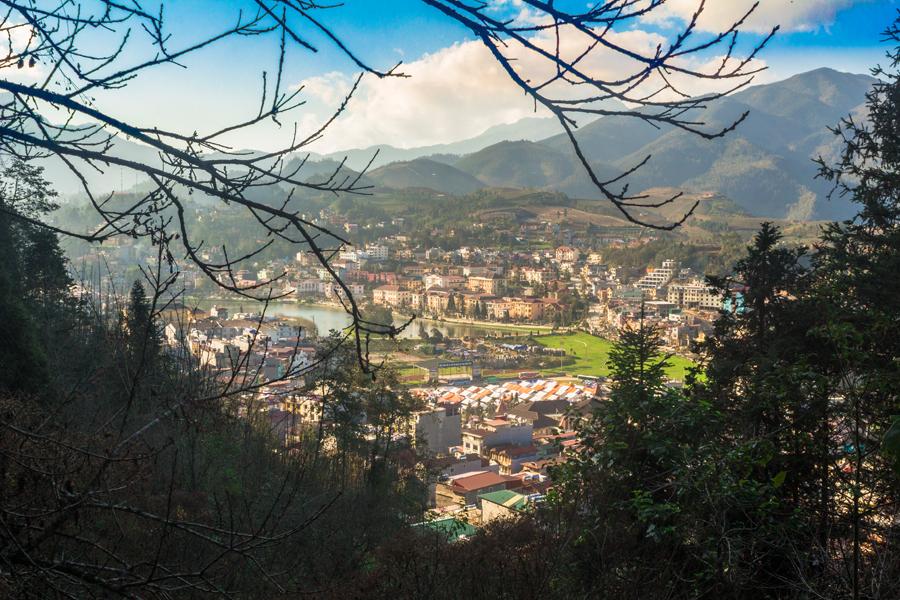
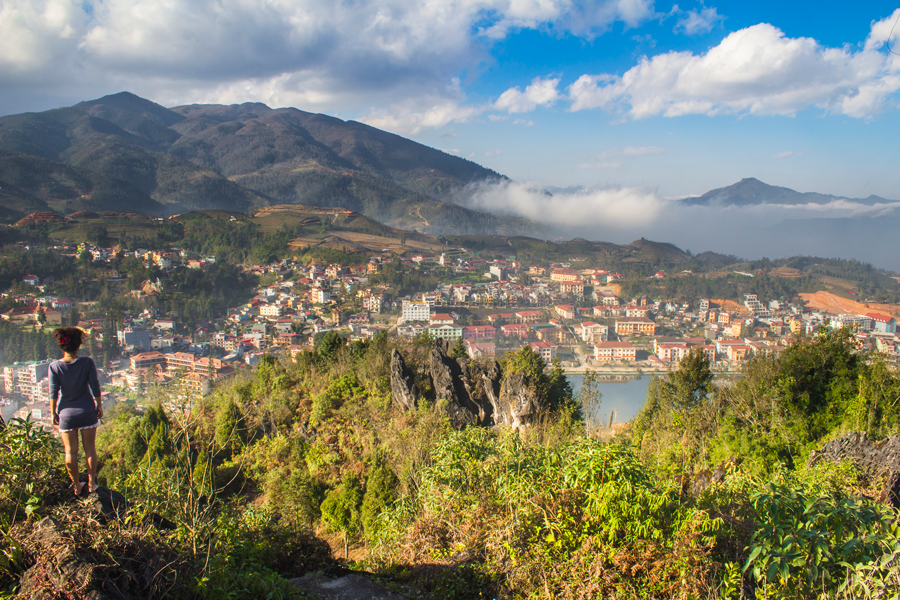
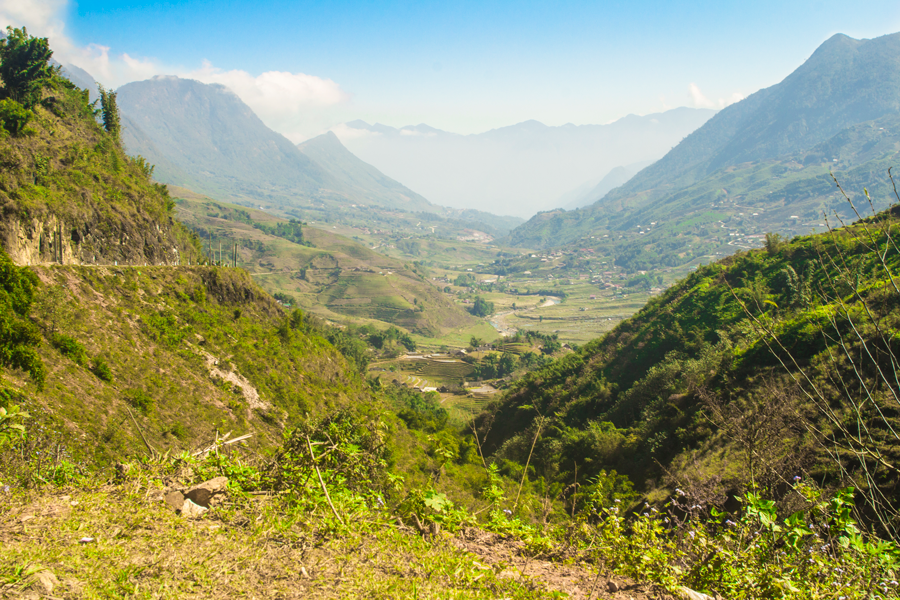

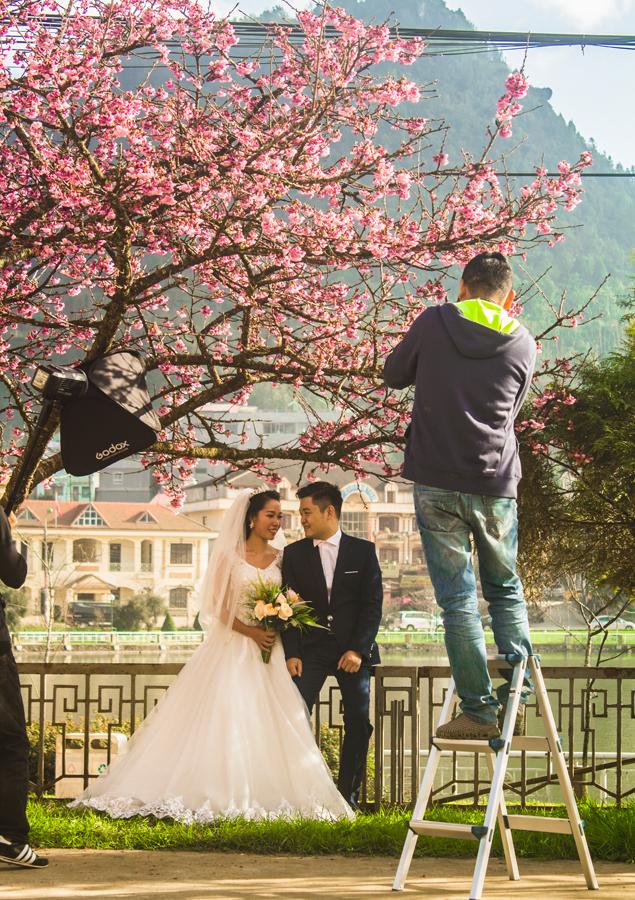


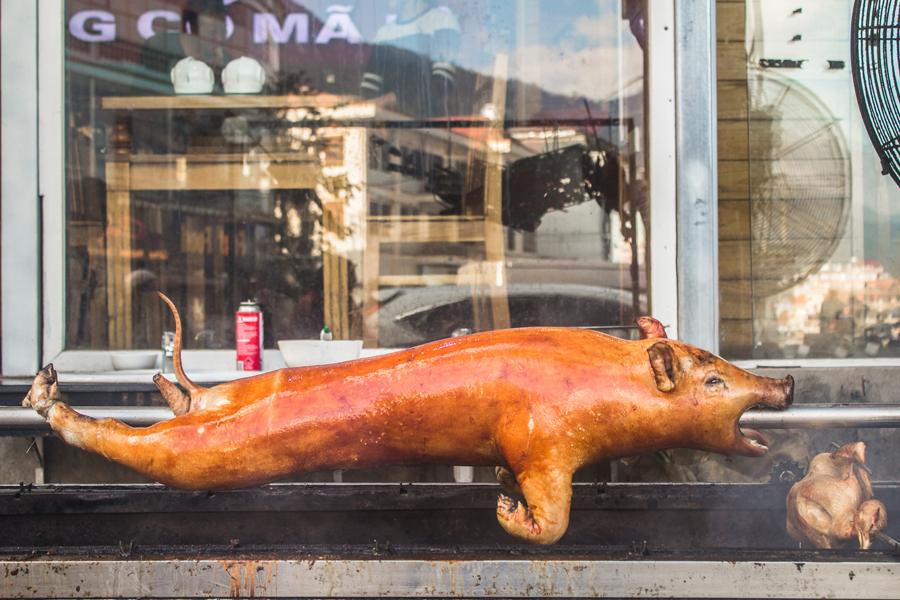

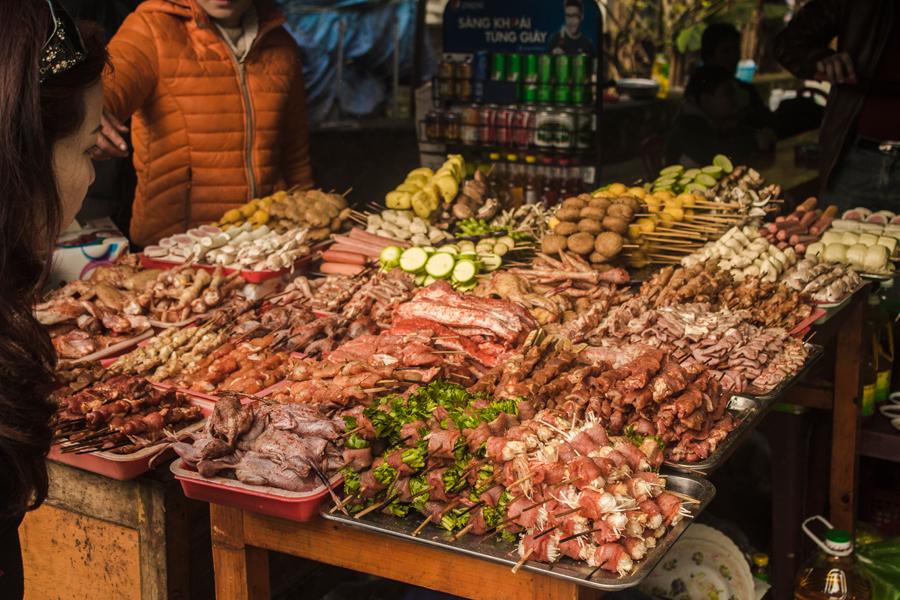

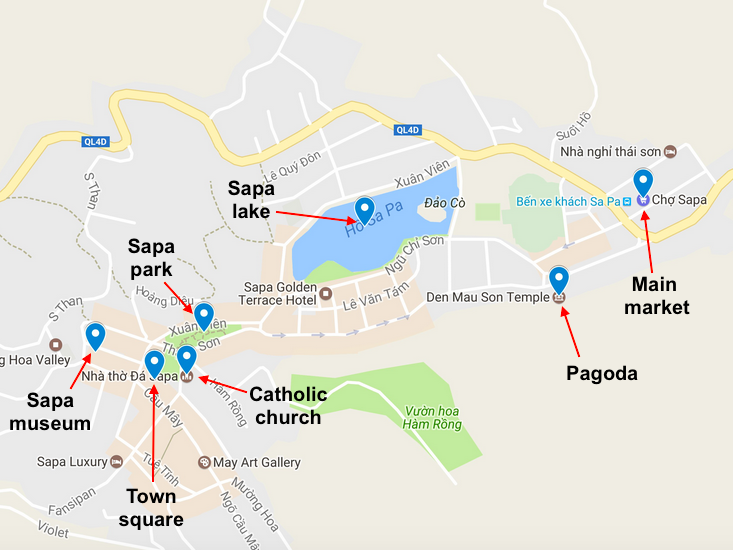
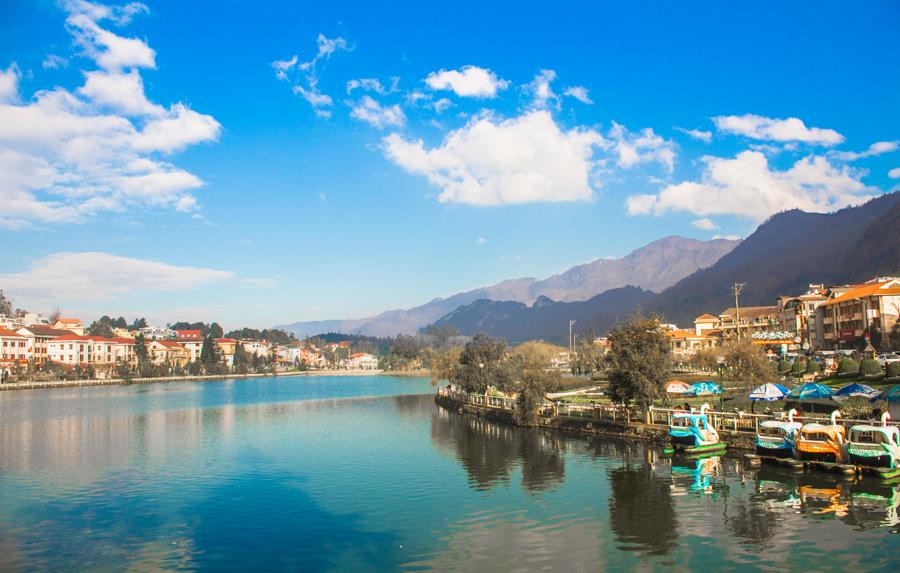

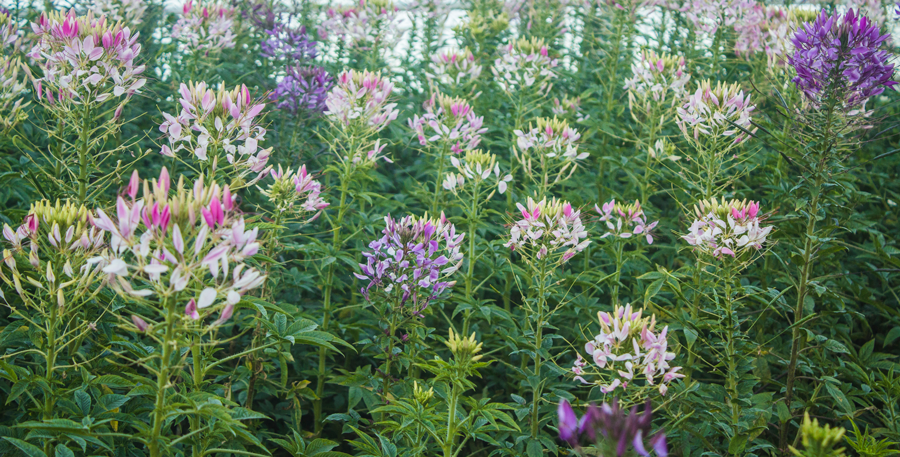
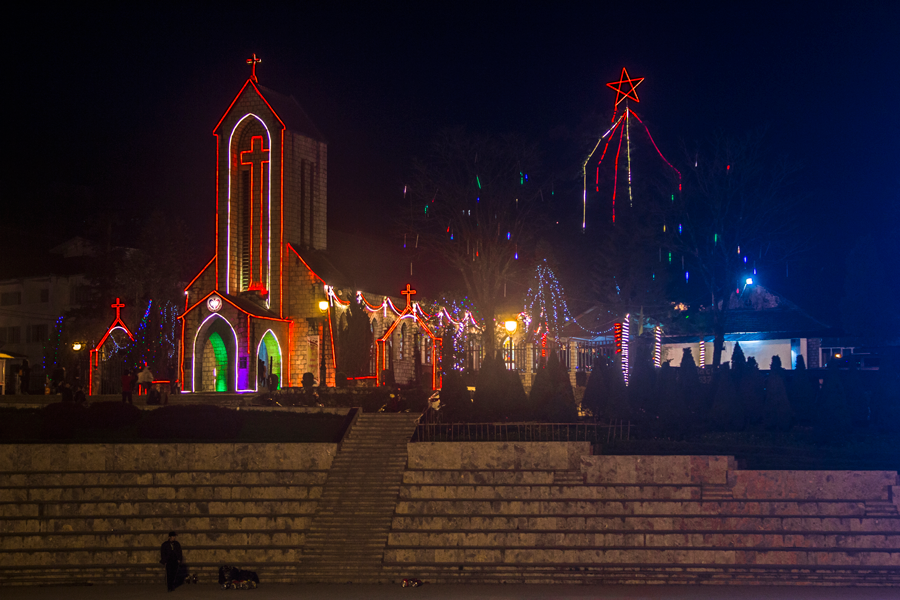
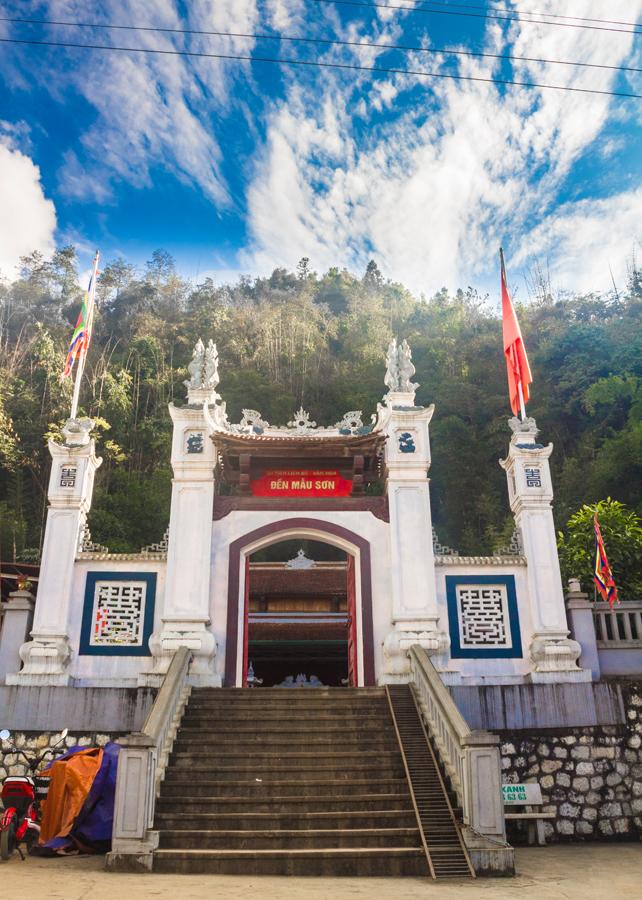

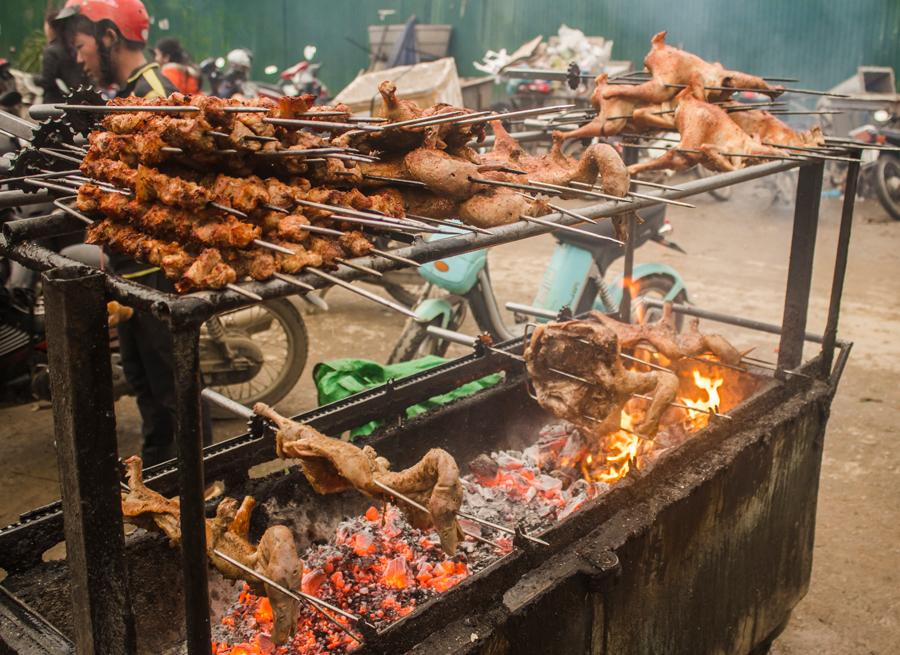
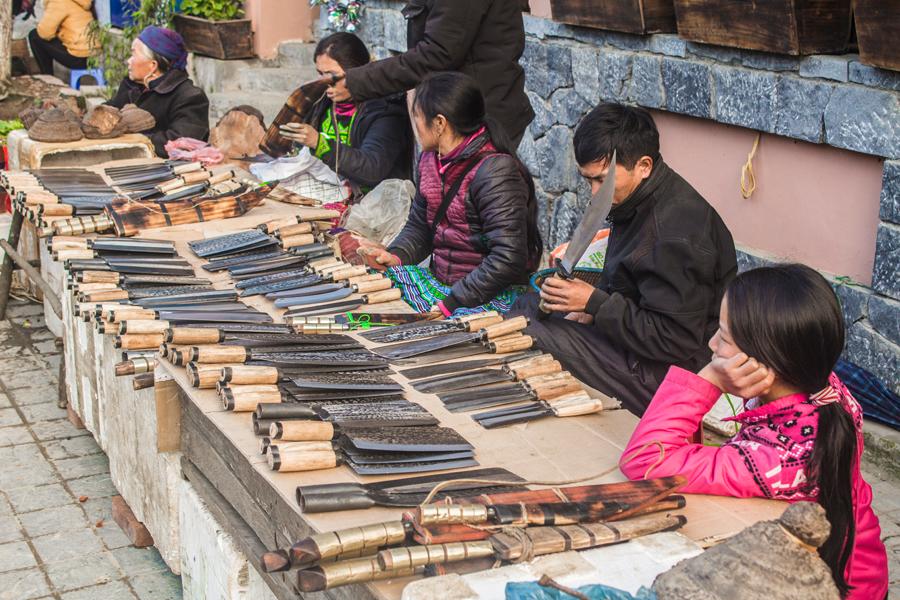

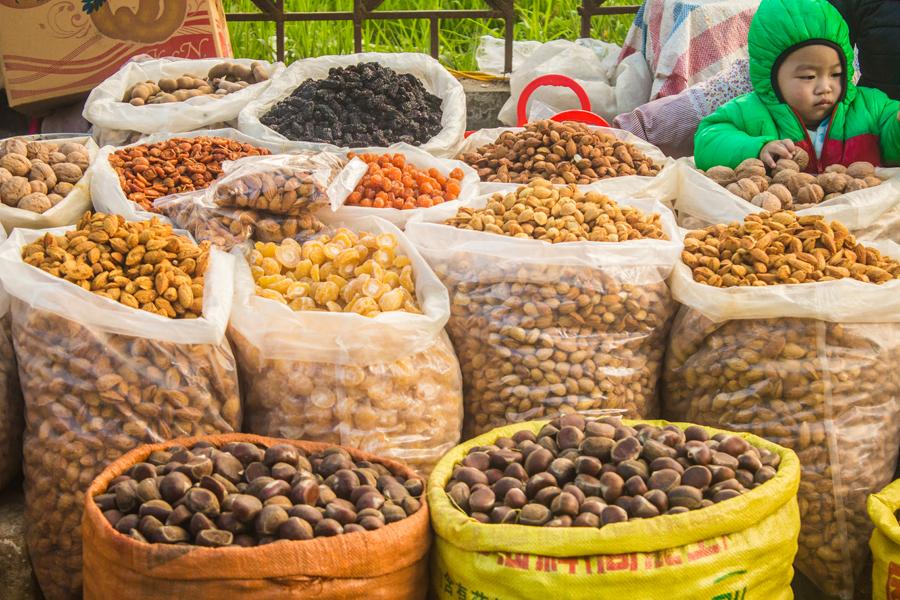

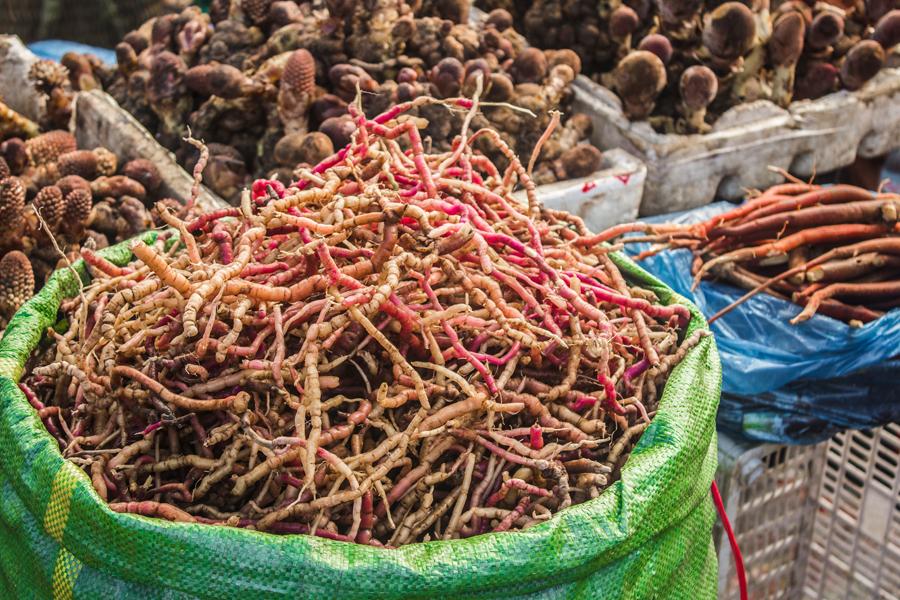
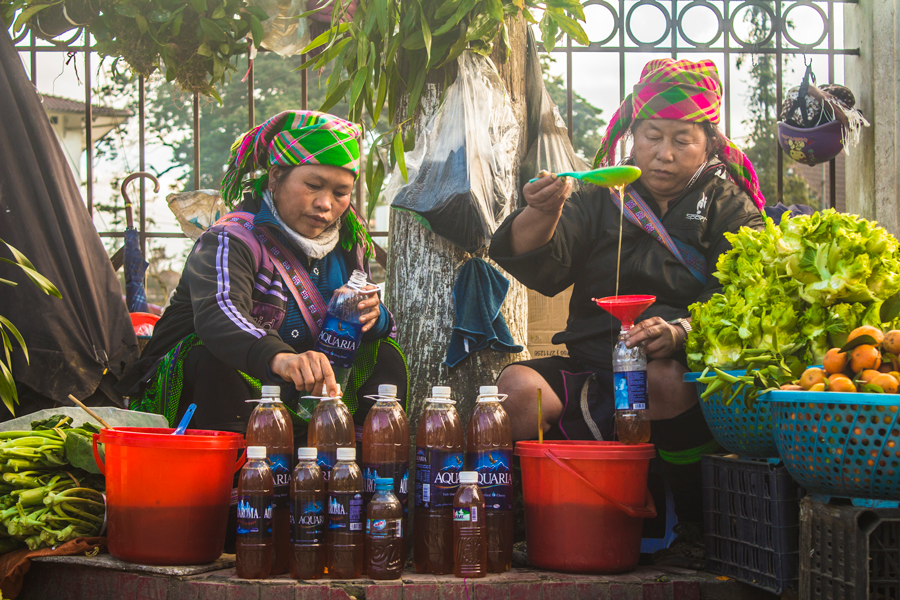

.jpg)
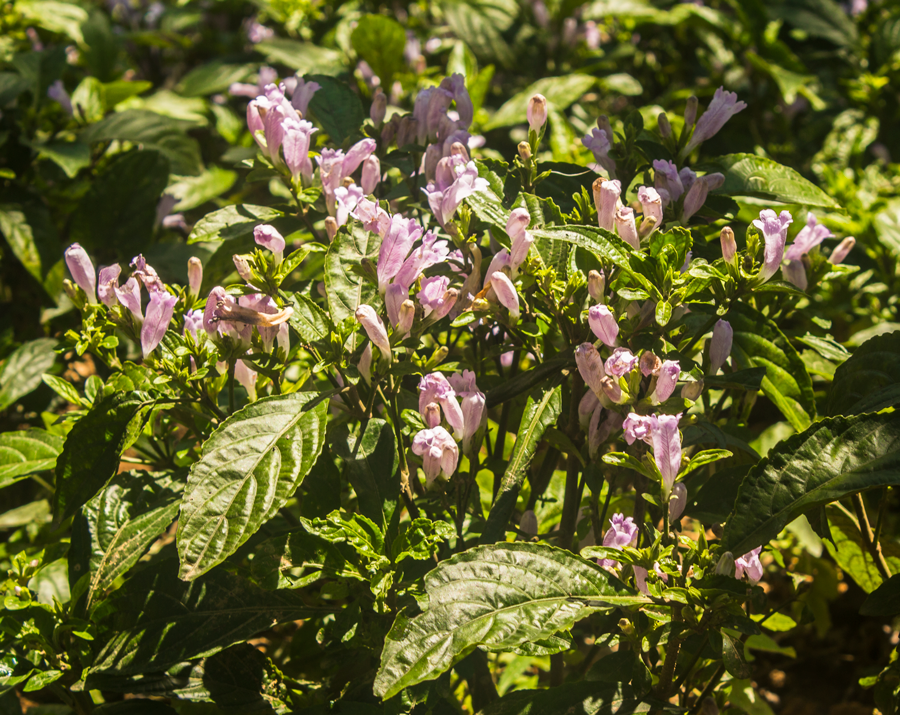
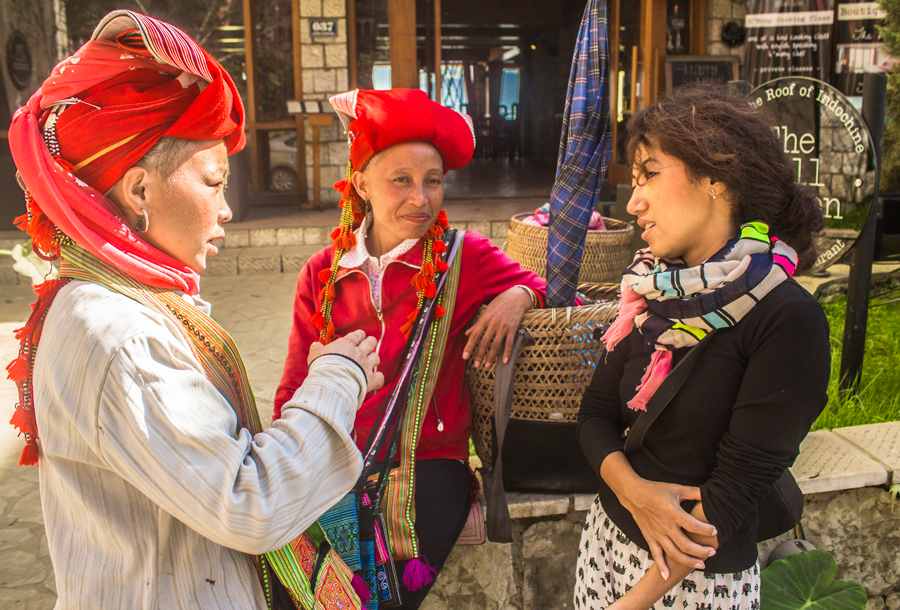
.png)
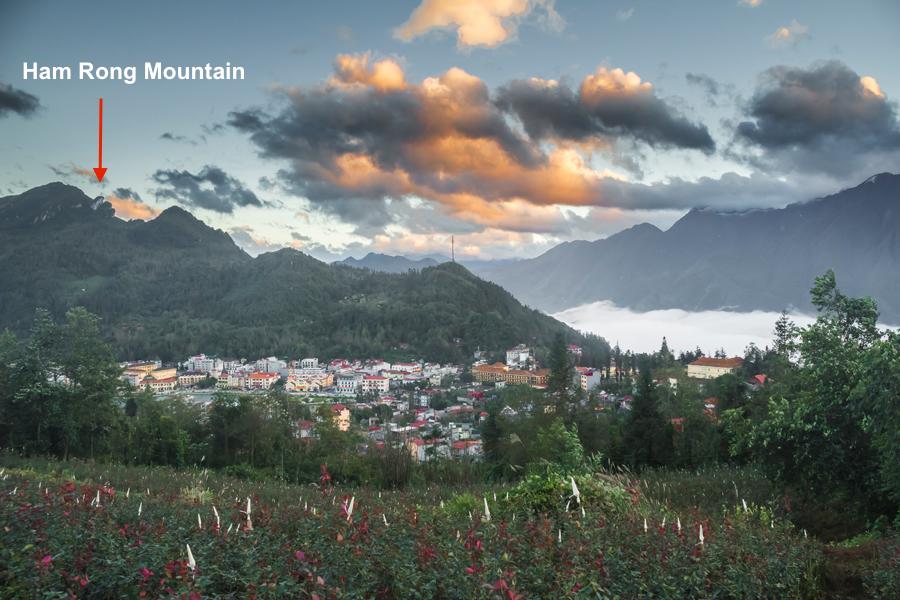
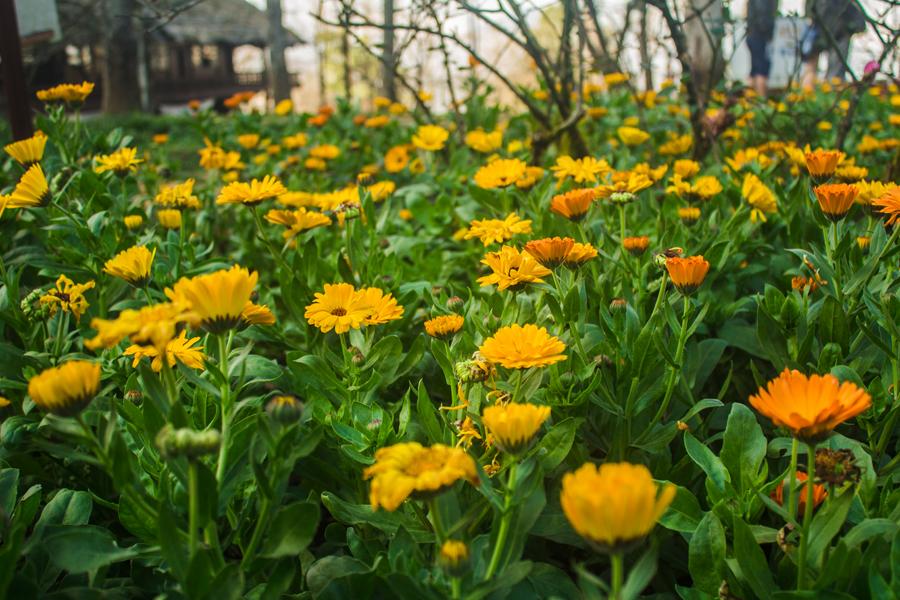
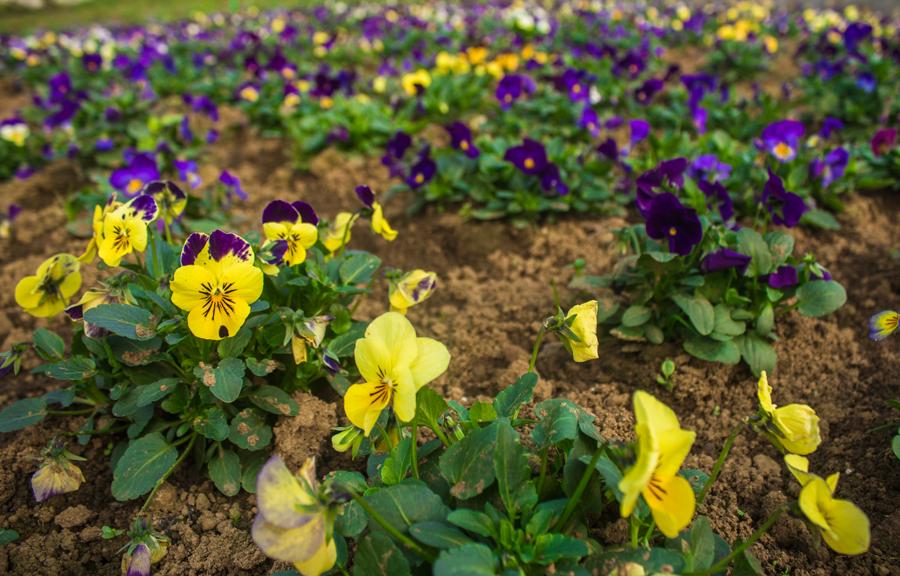
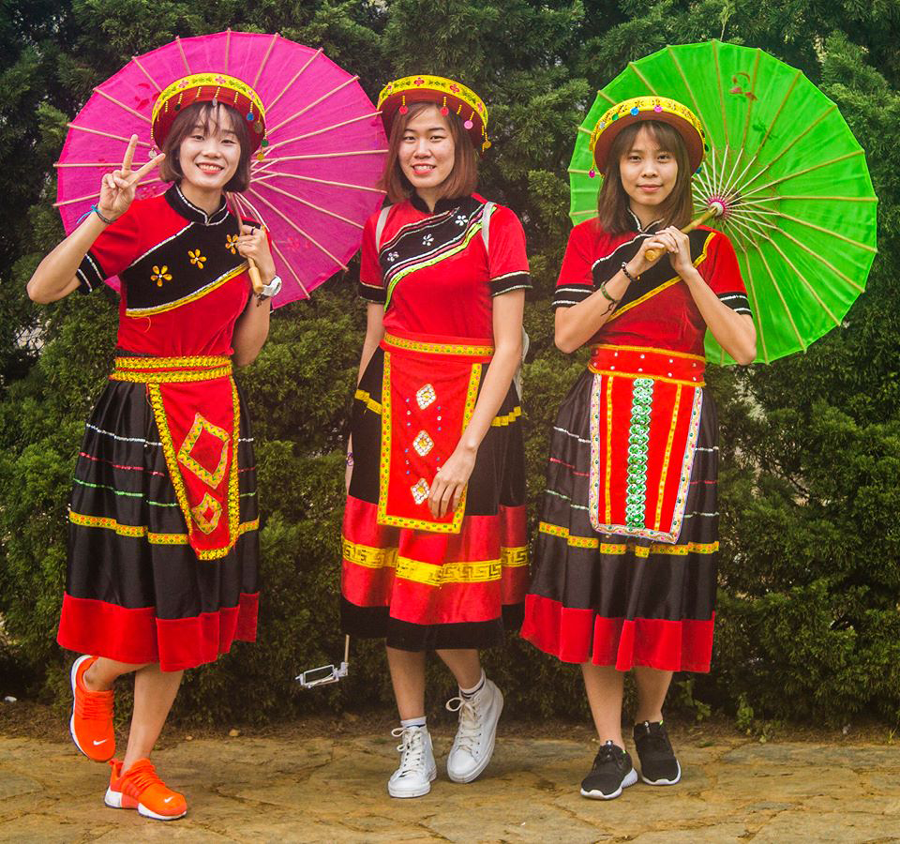
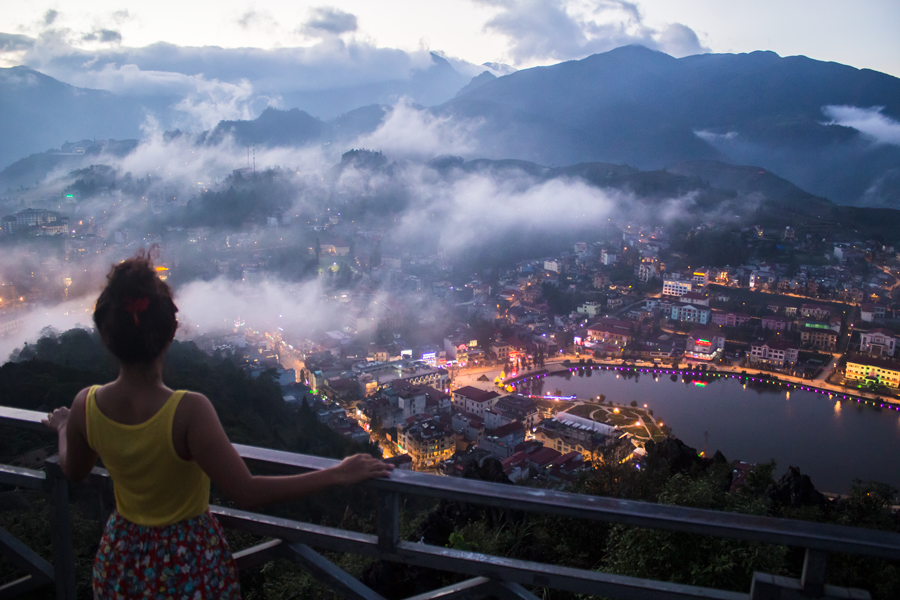
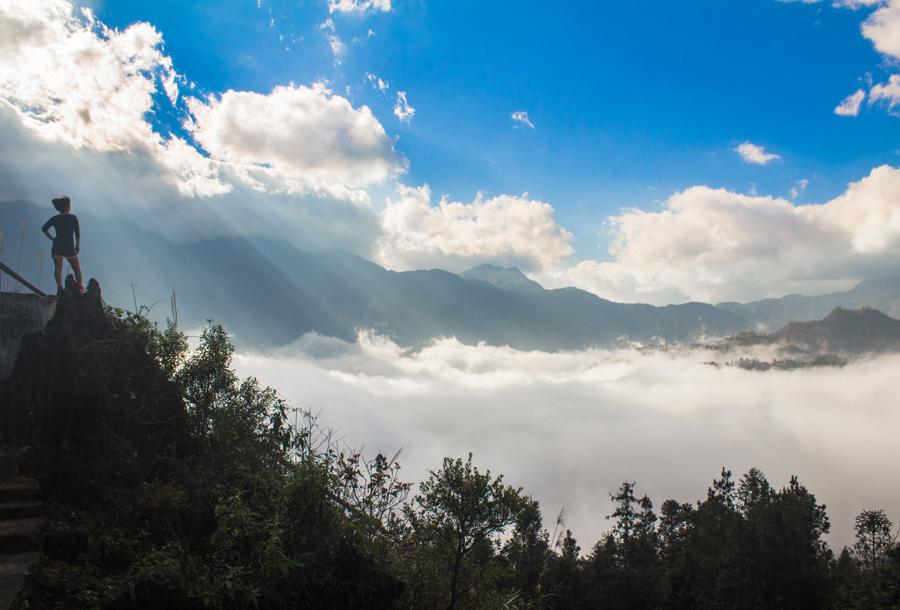
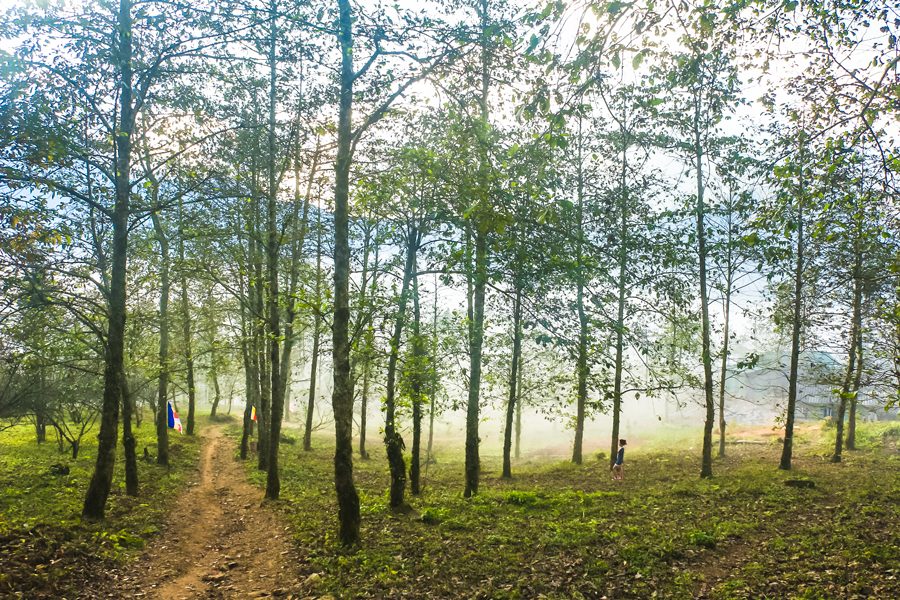

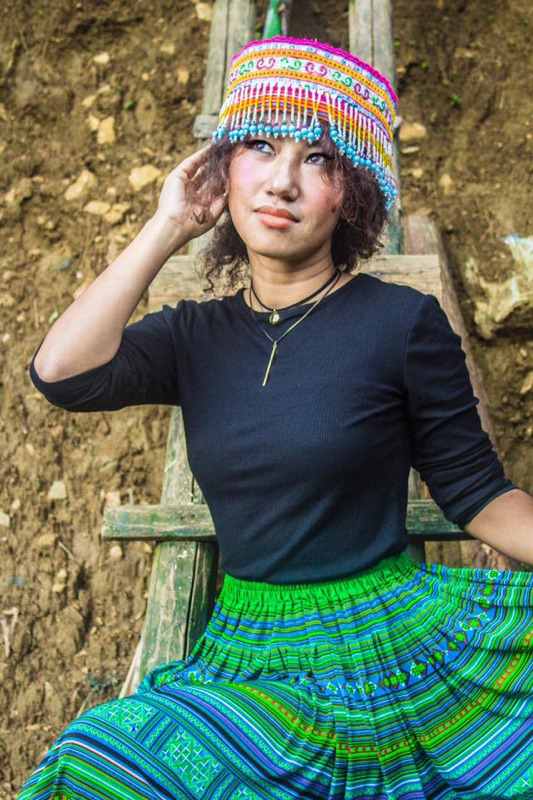

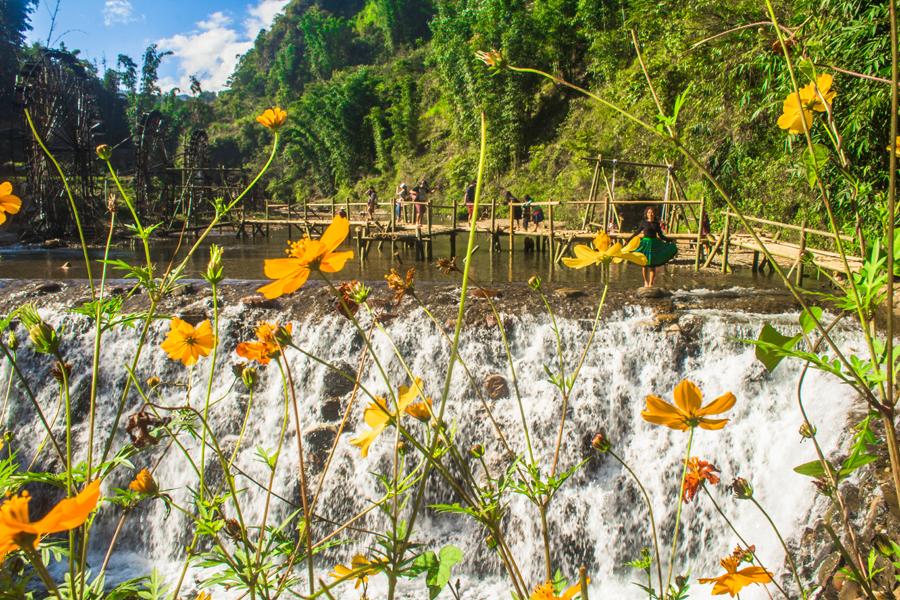
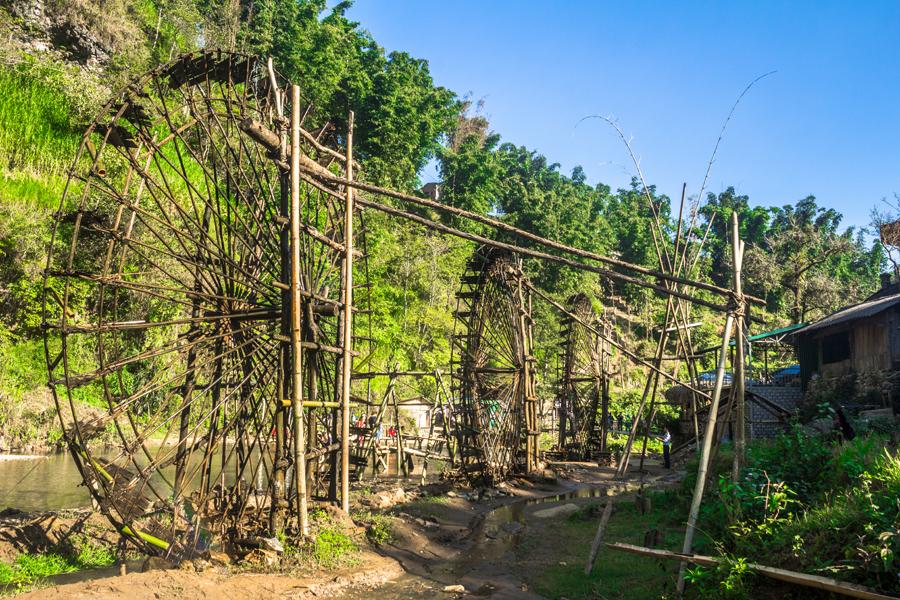
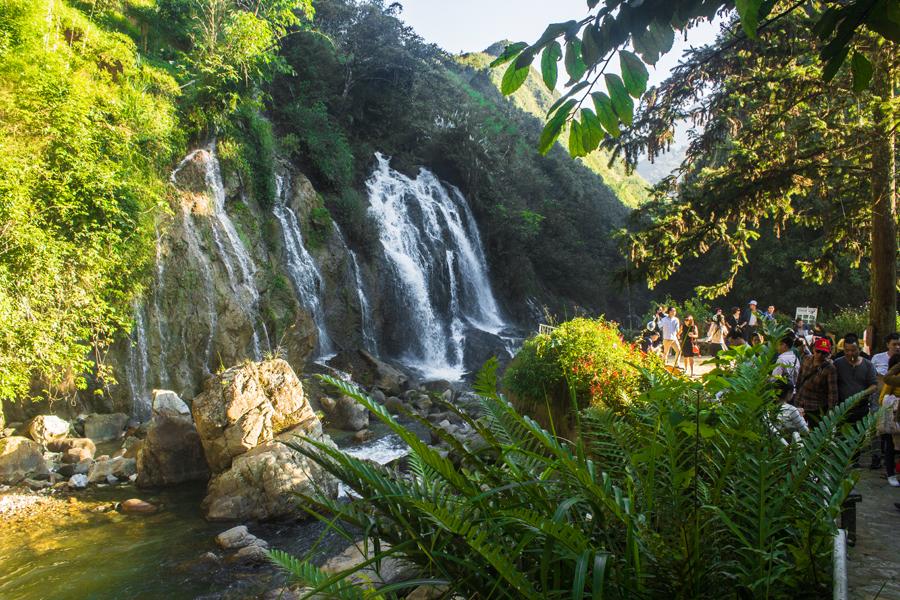
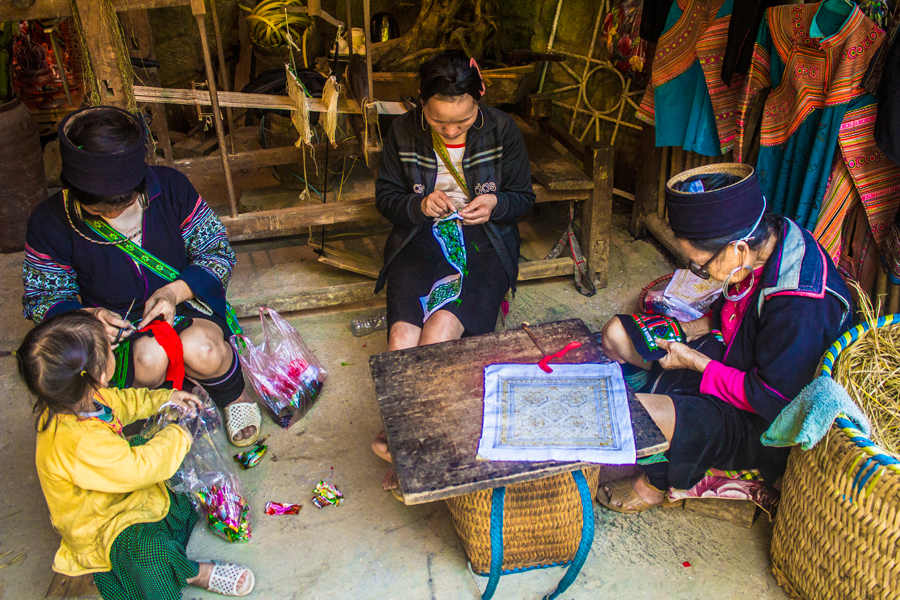
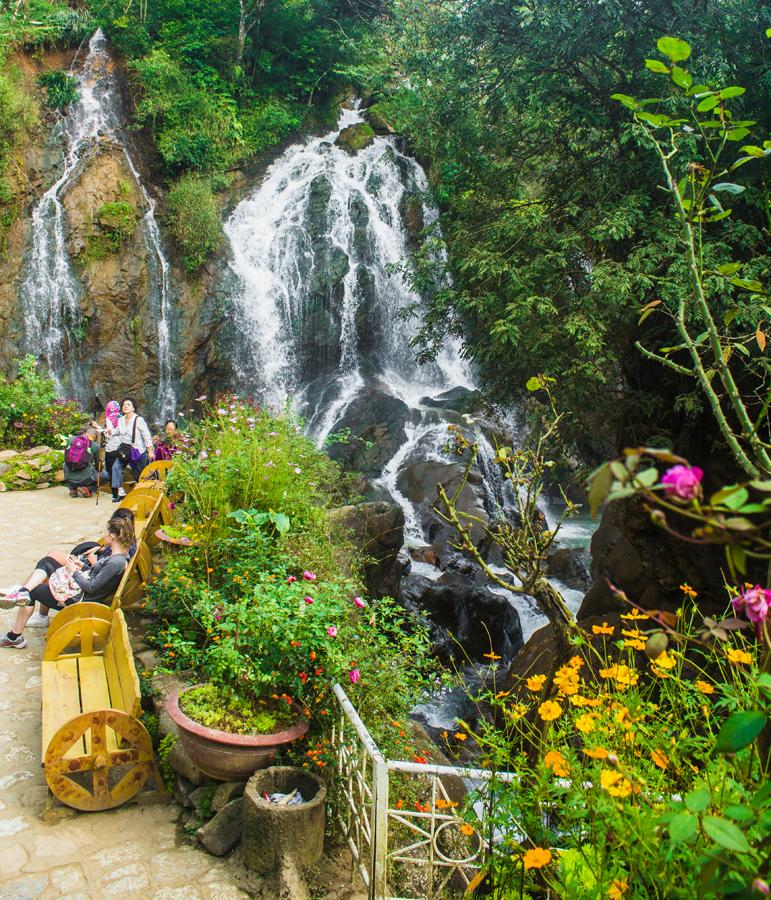
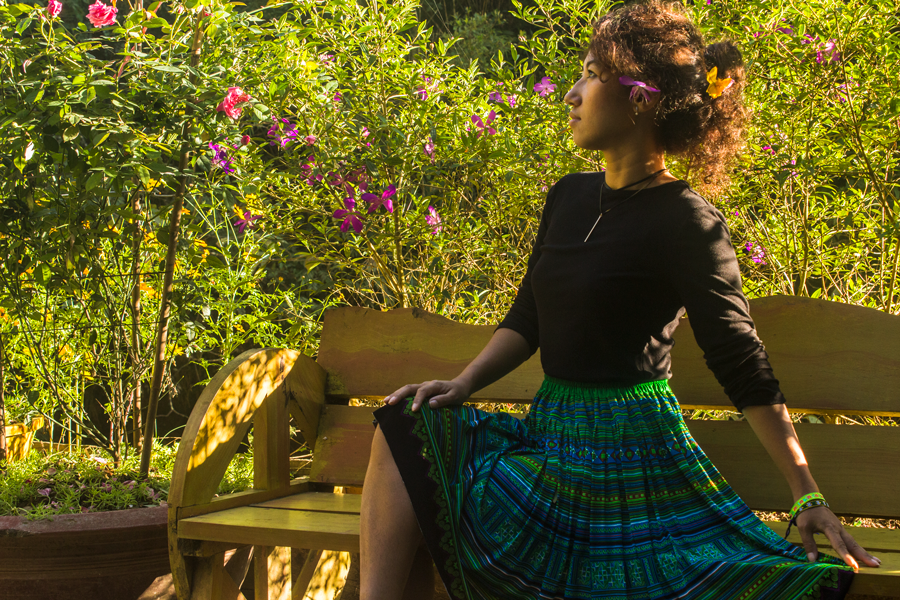
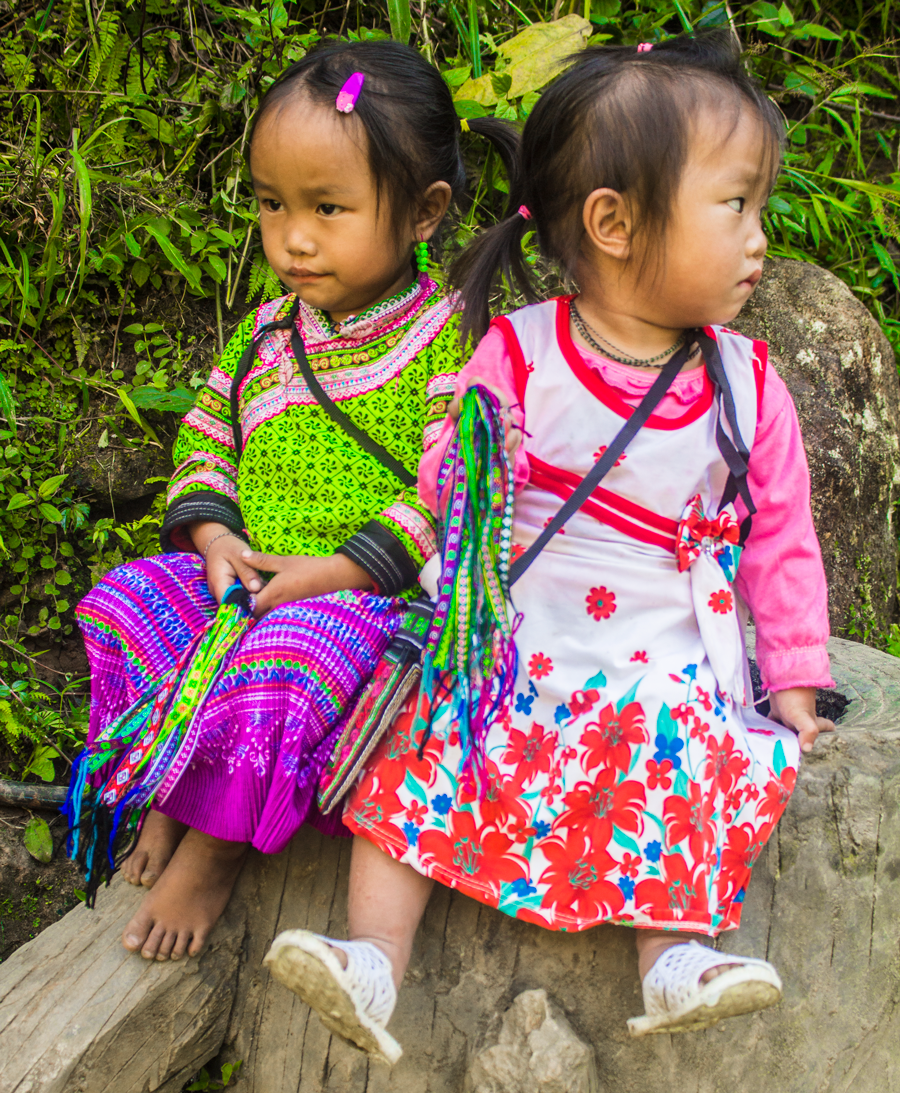
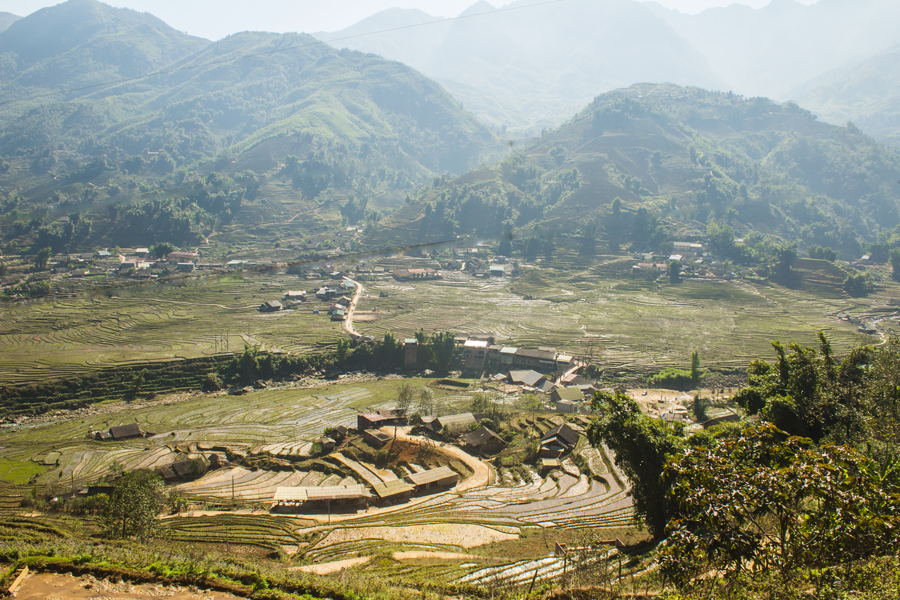
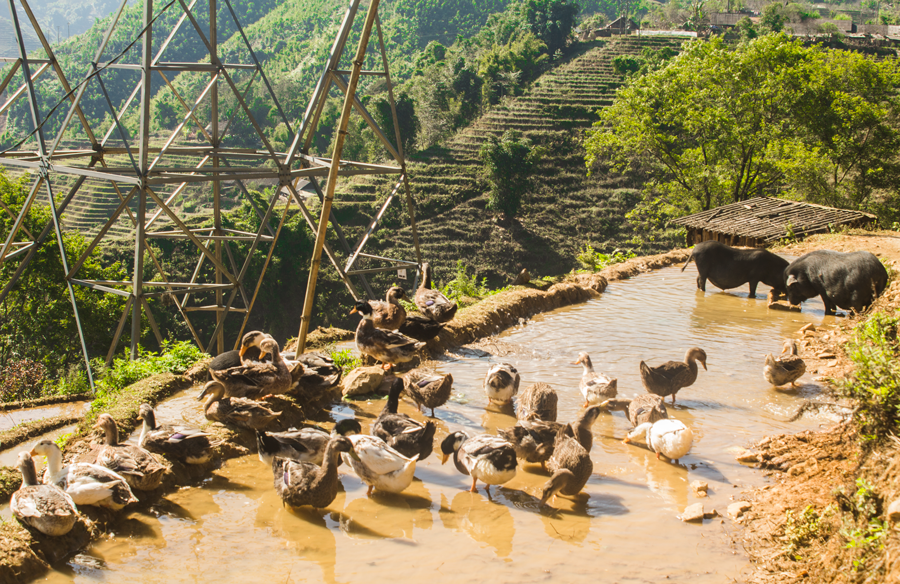
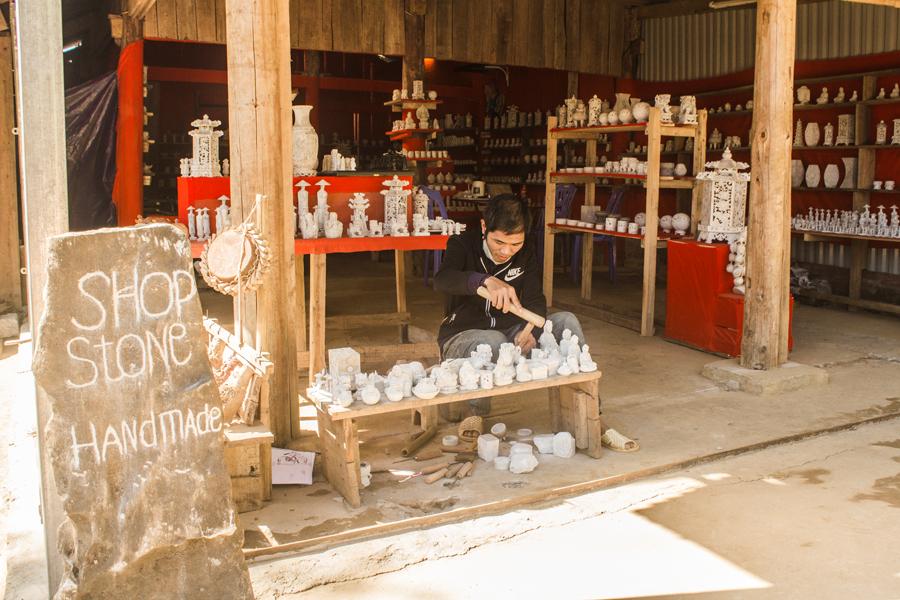
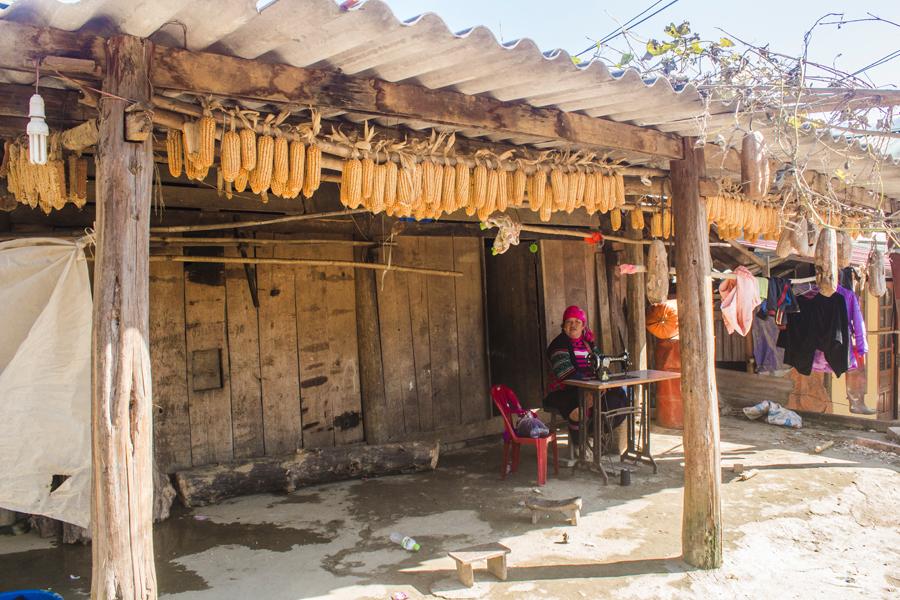
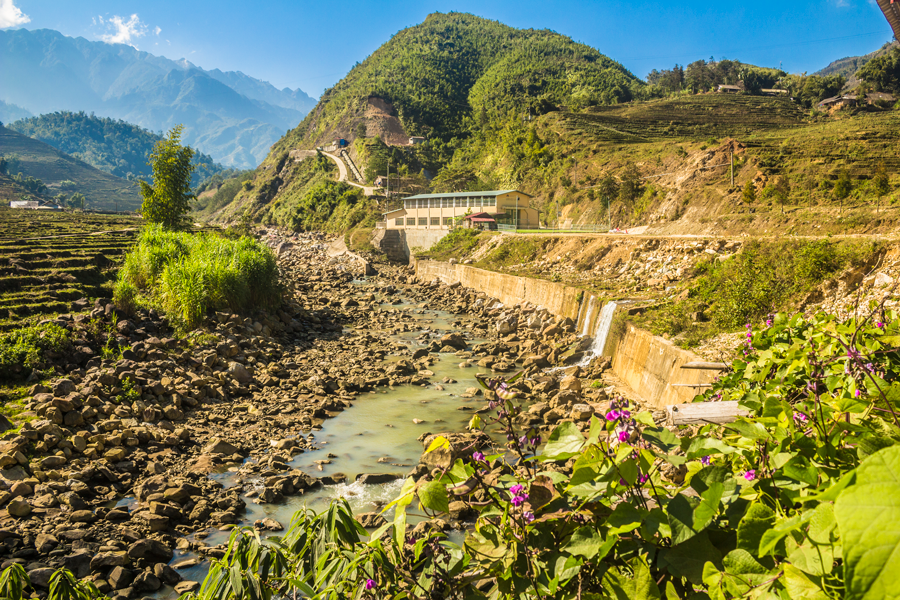


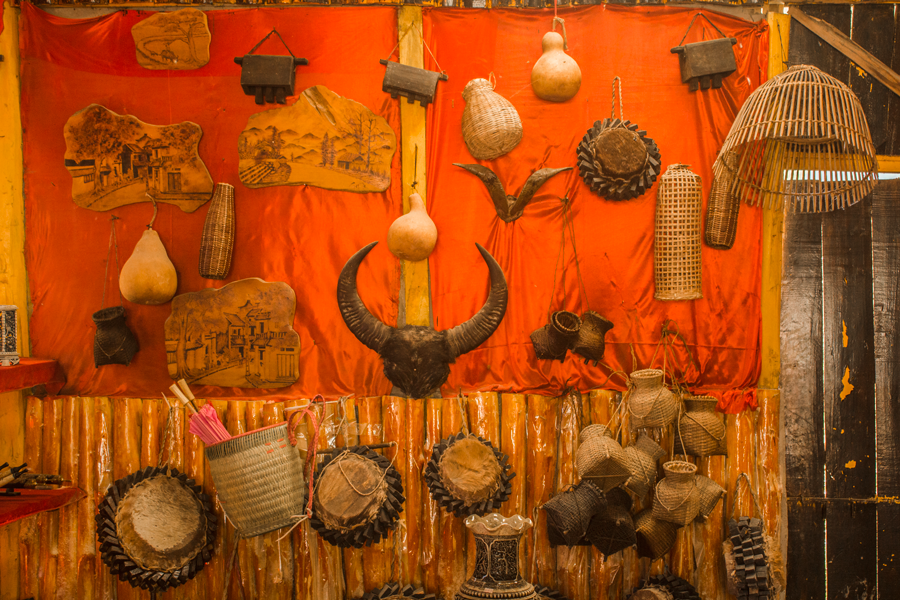
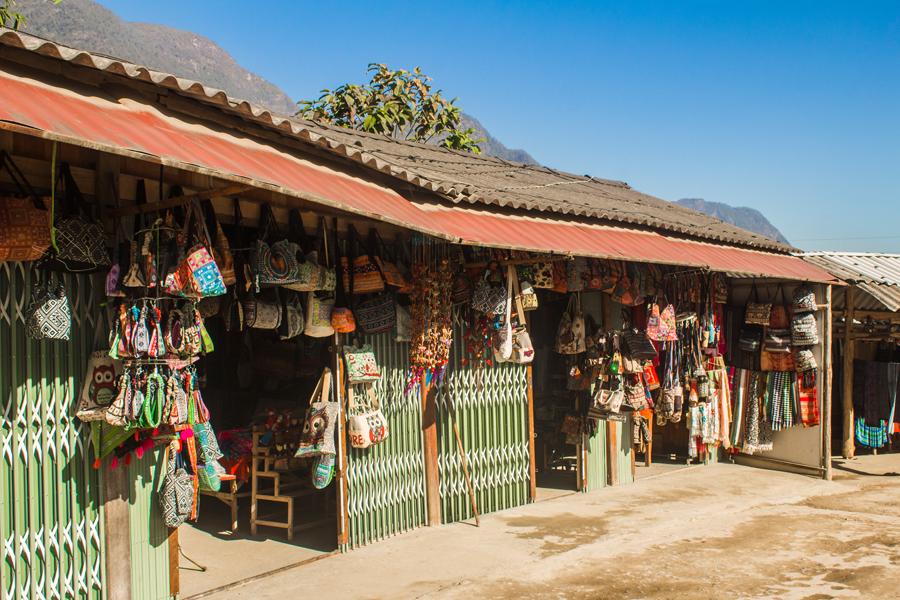

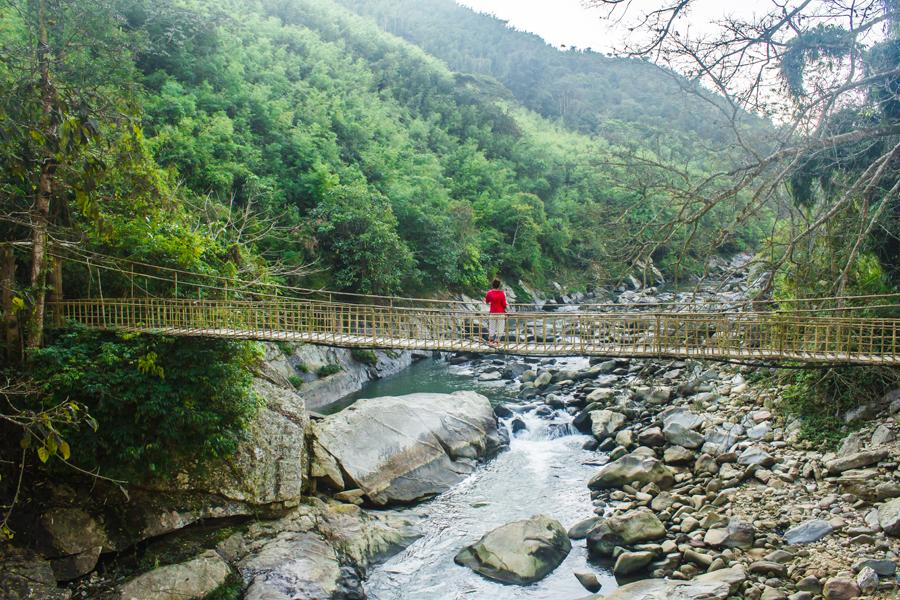

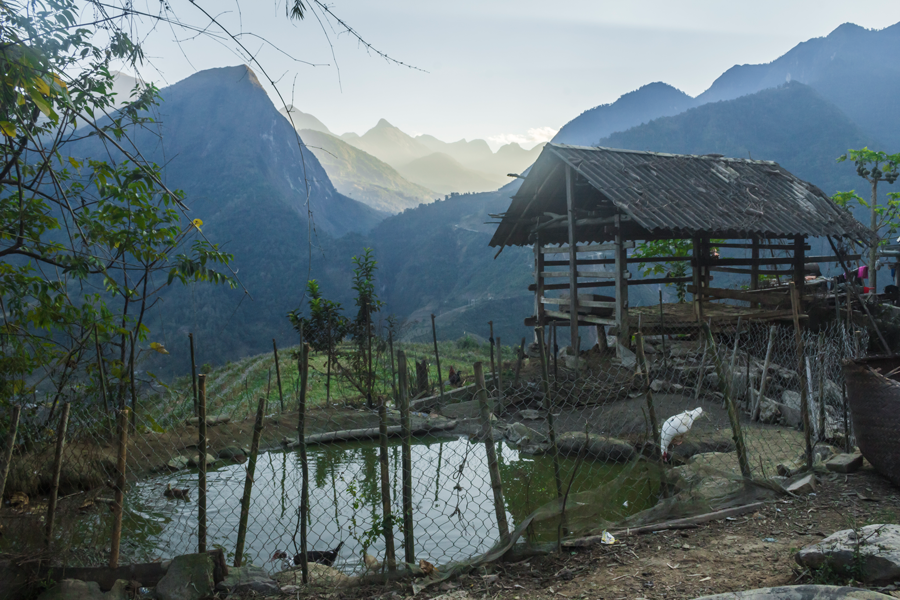


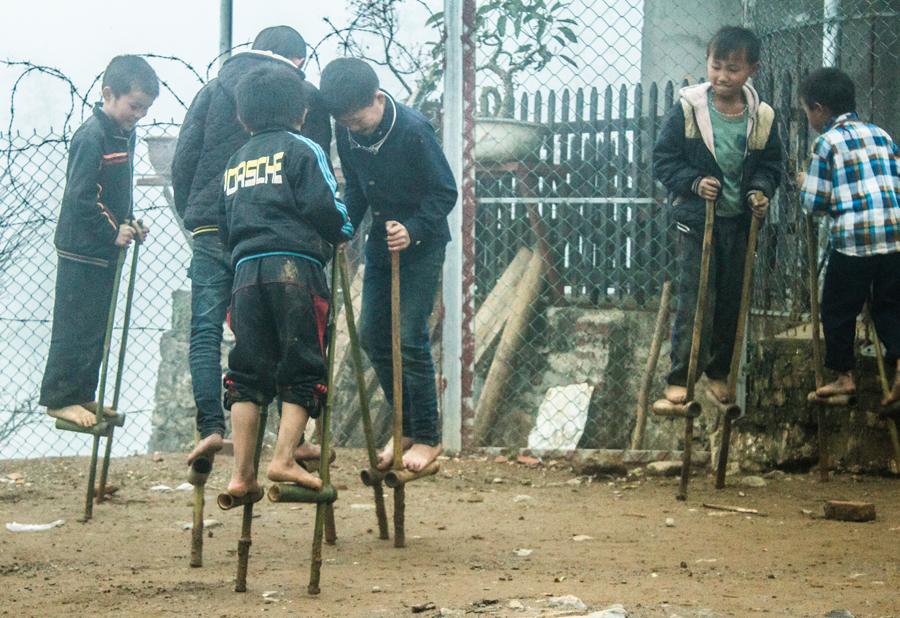
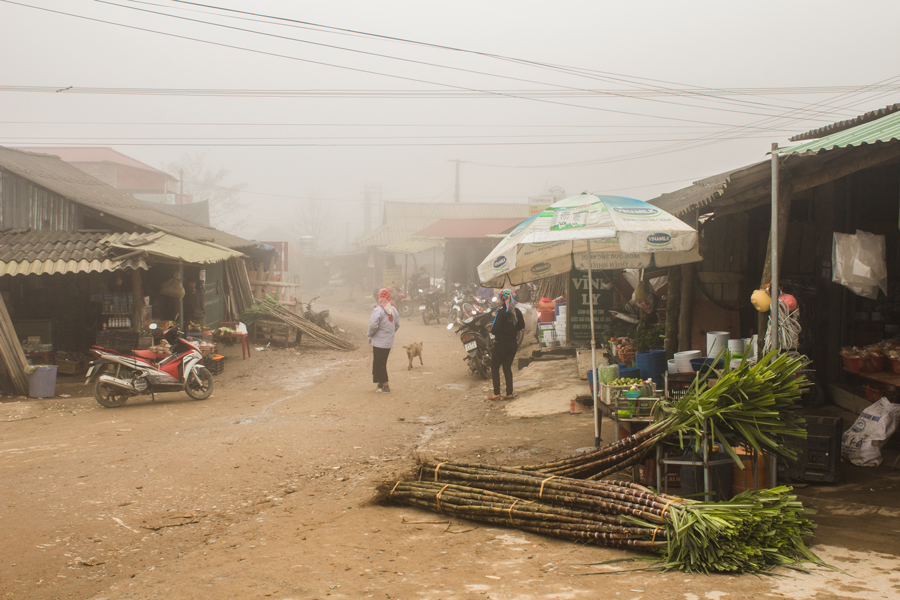
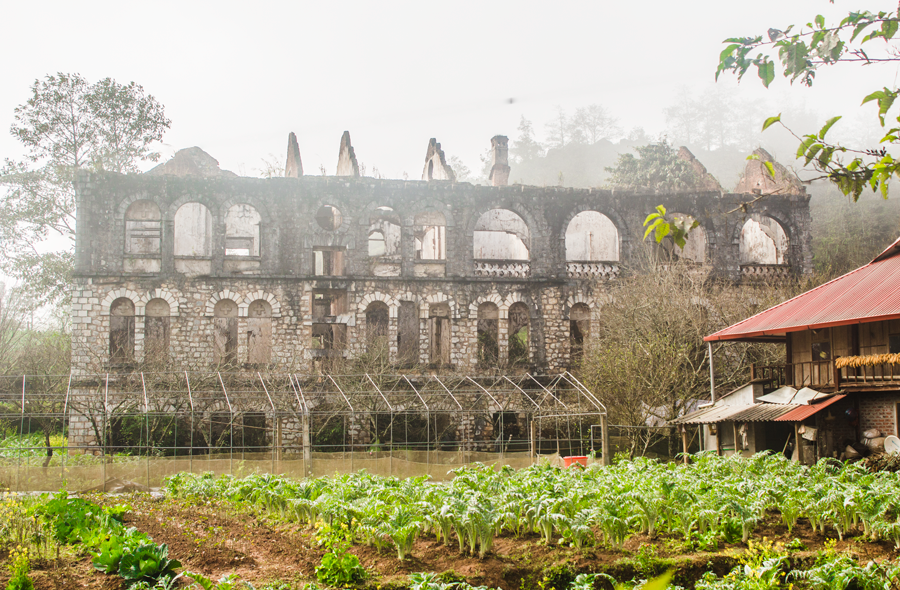
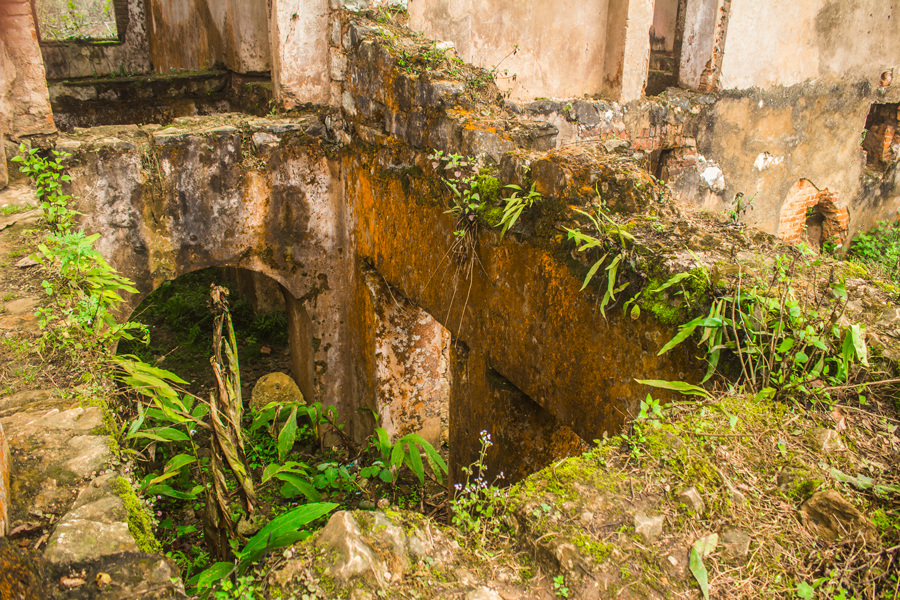
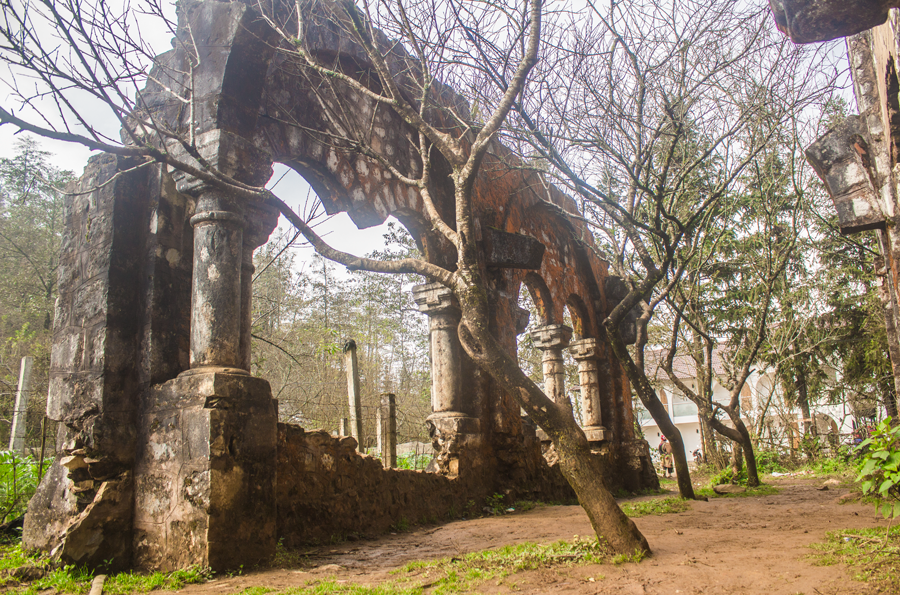
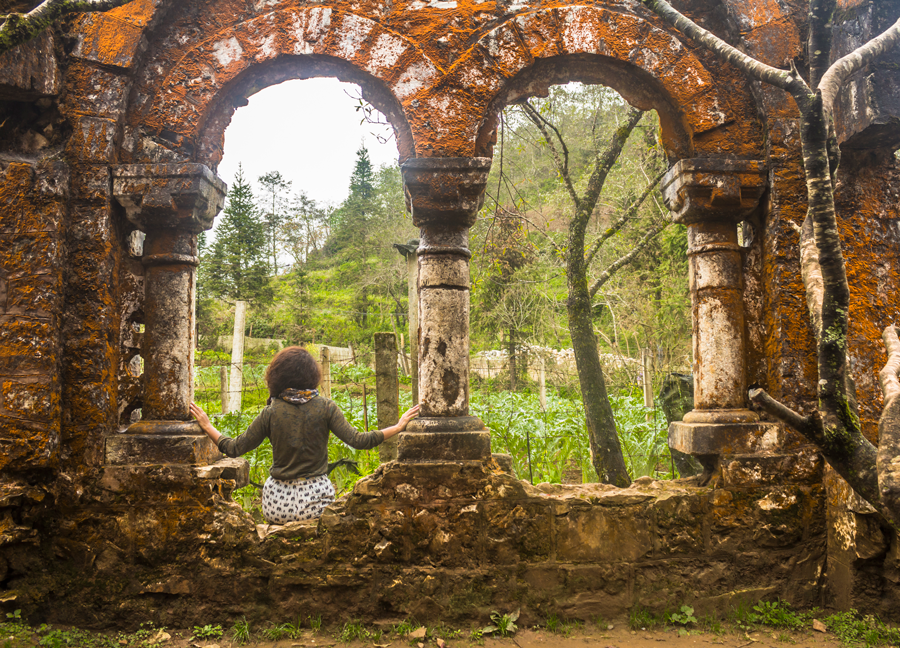
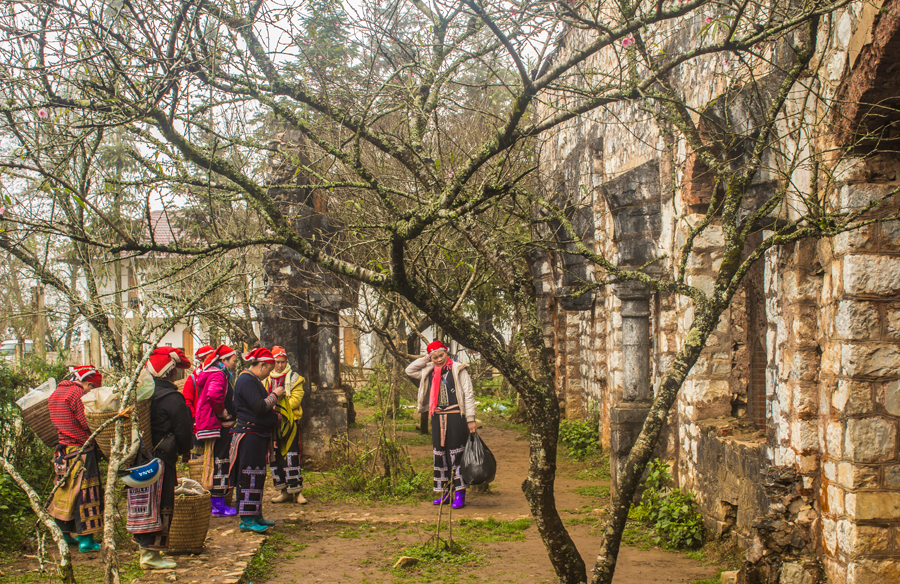
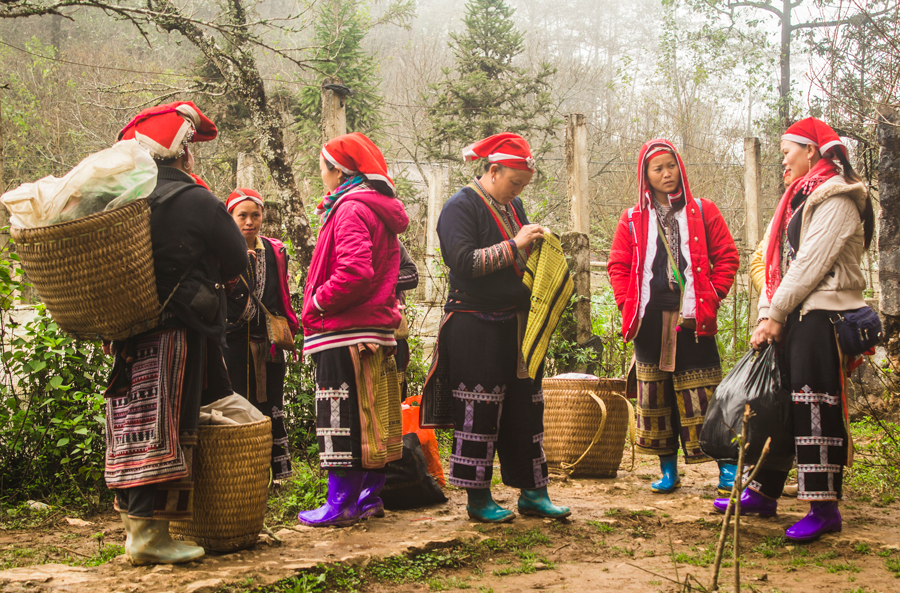
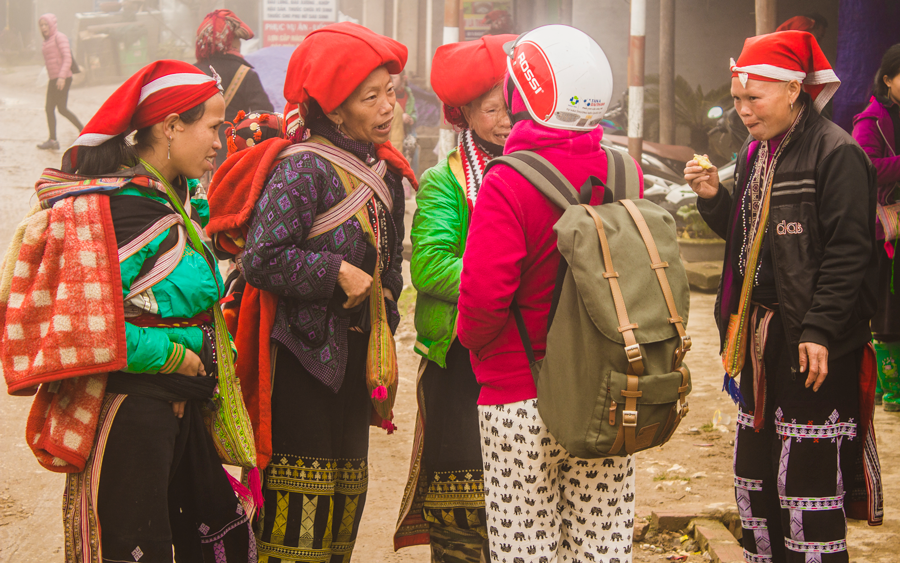
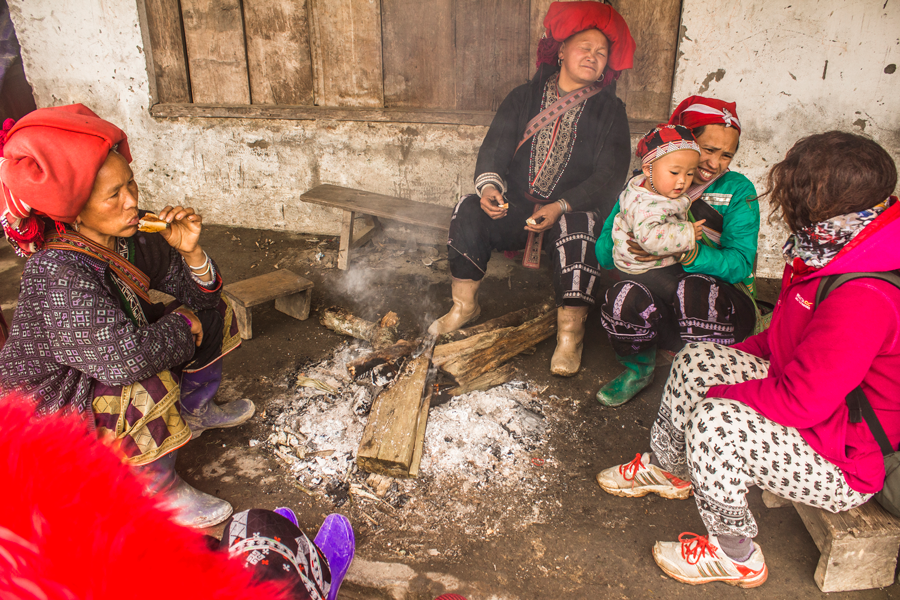
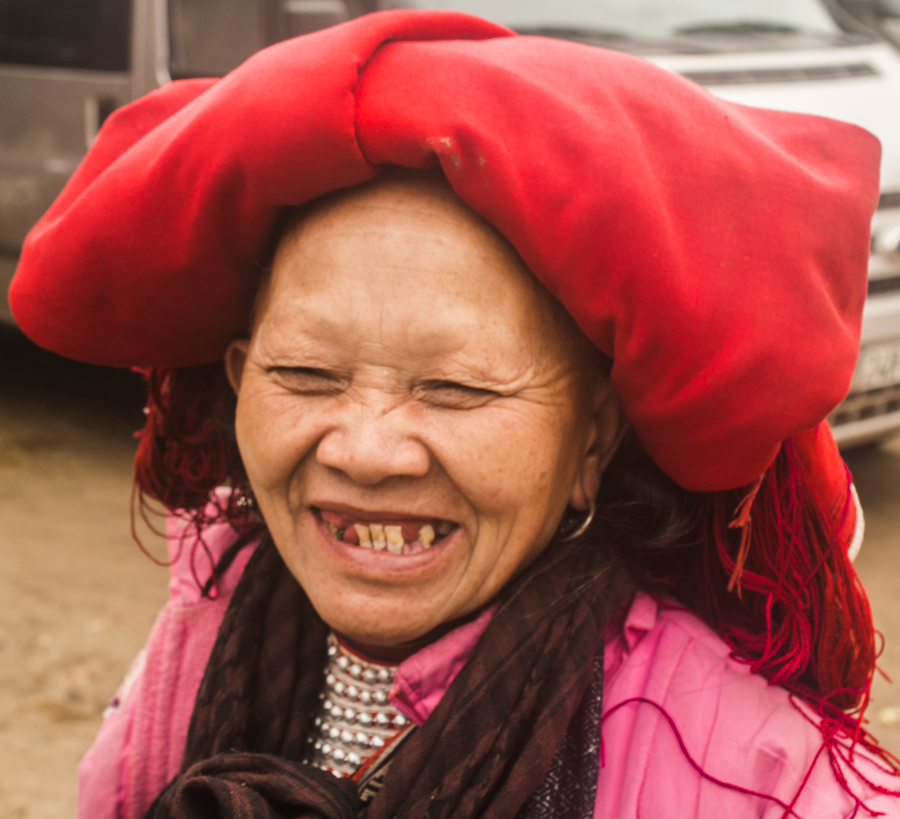
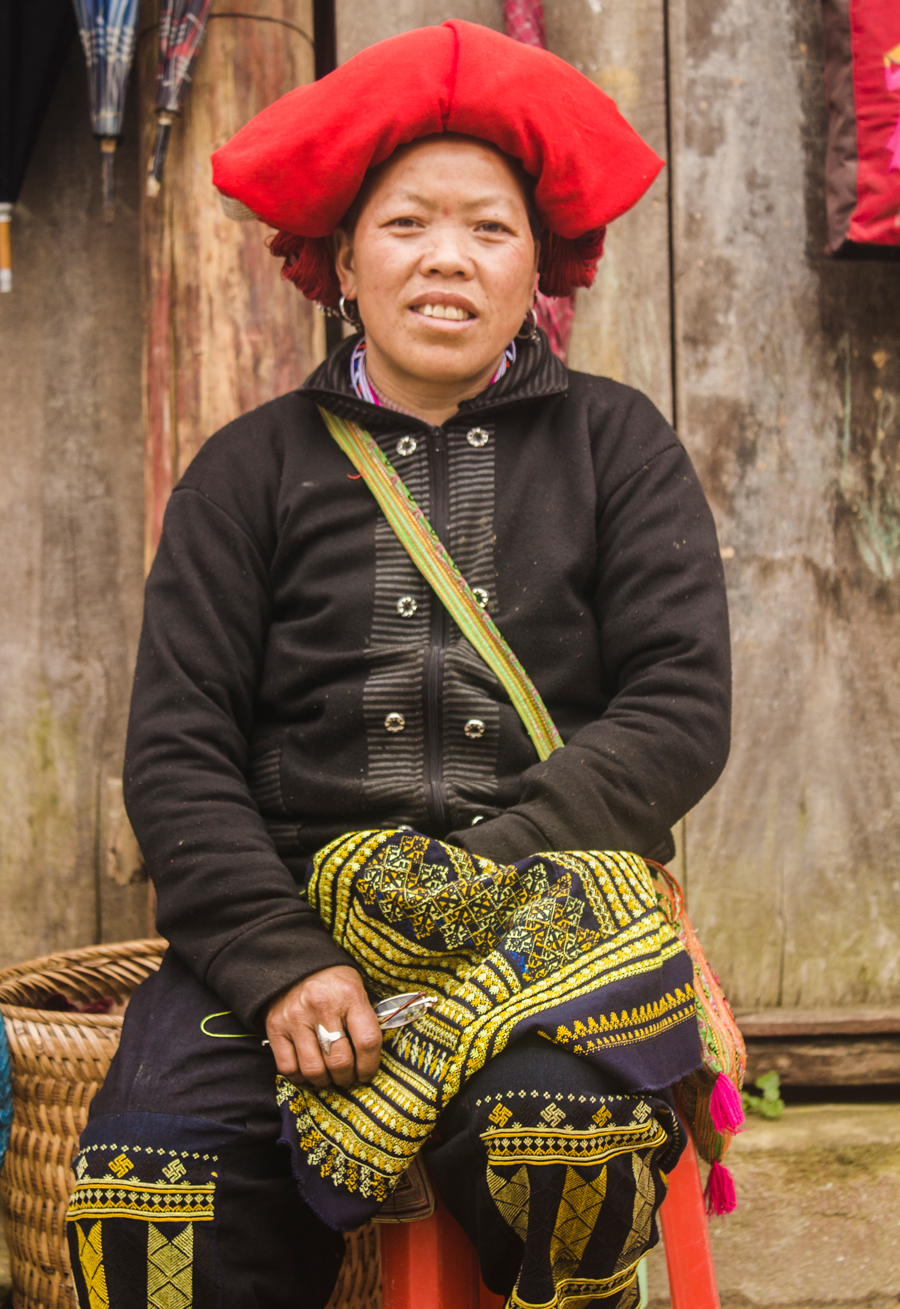
.png)
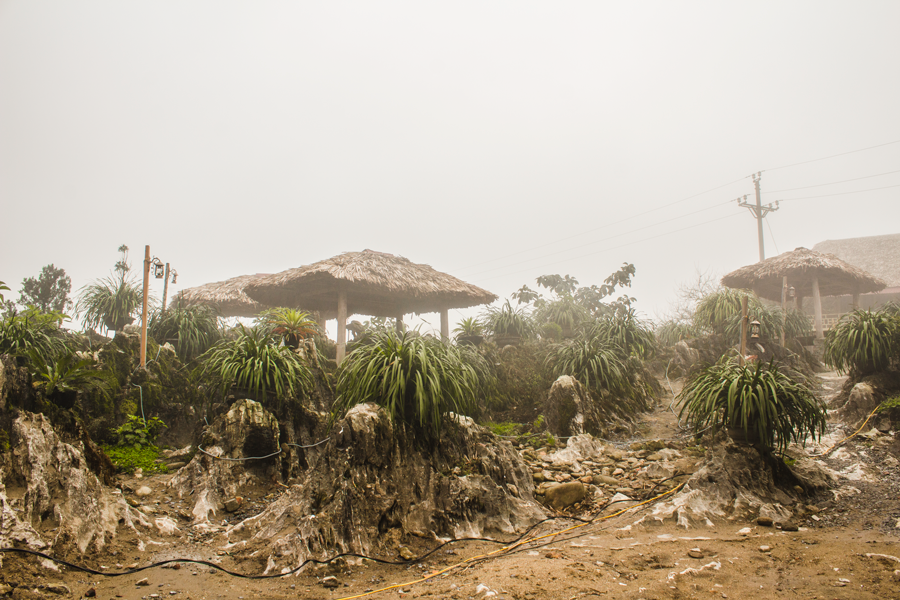
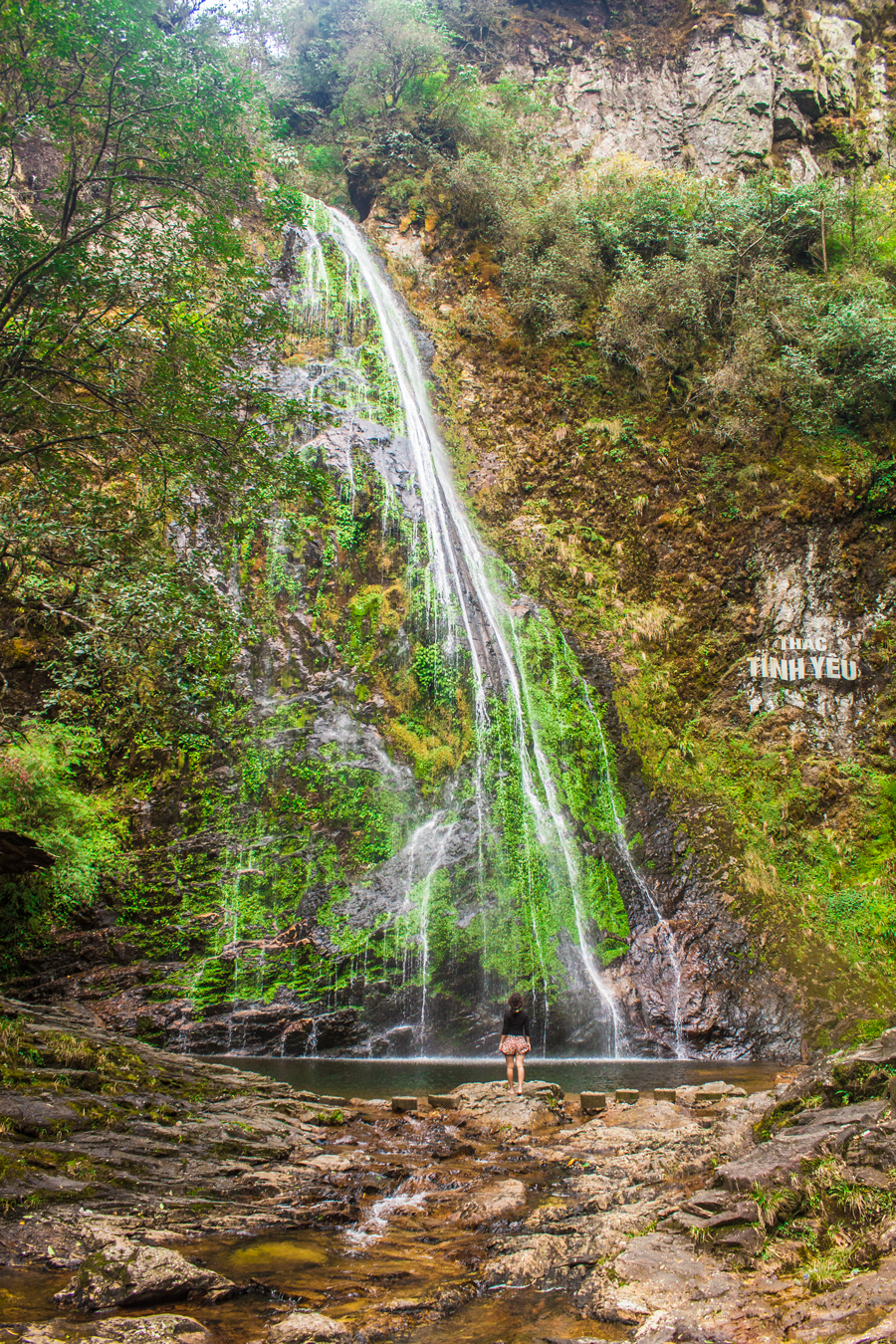

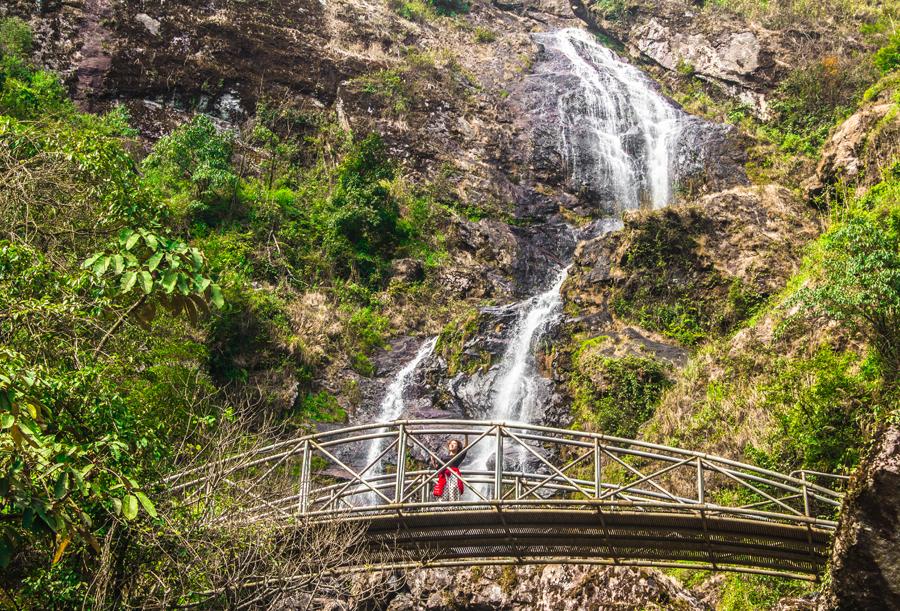
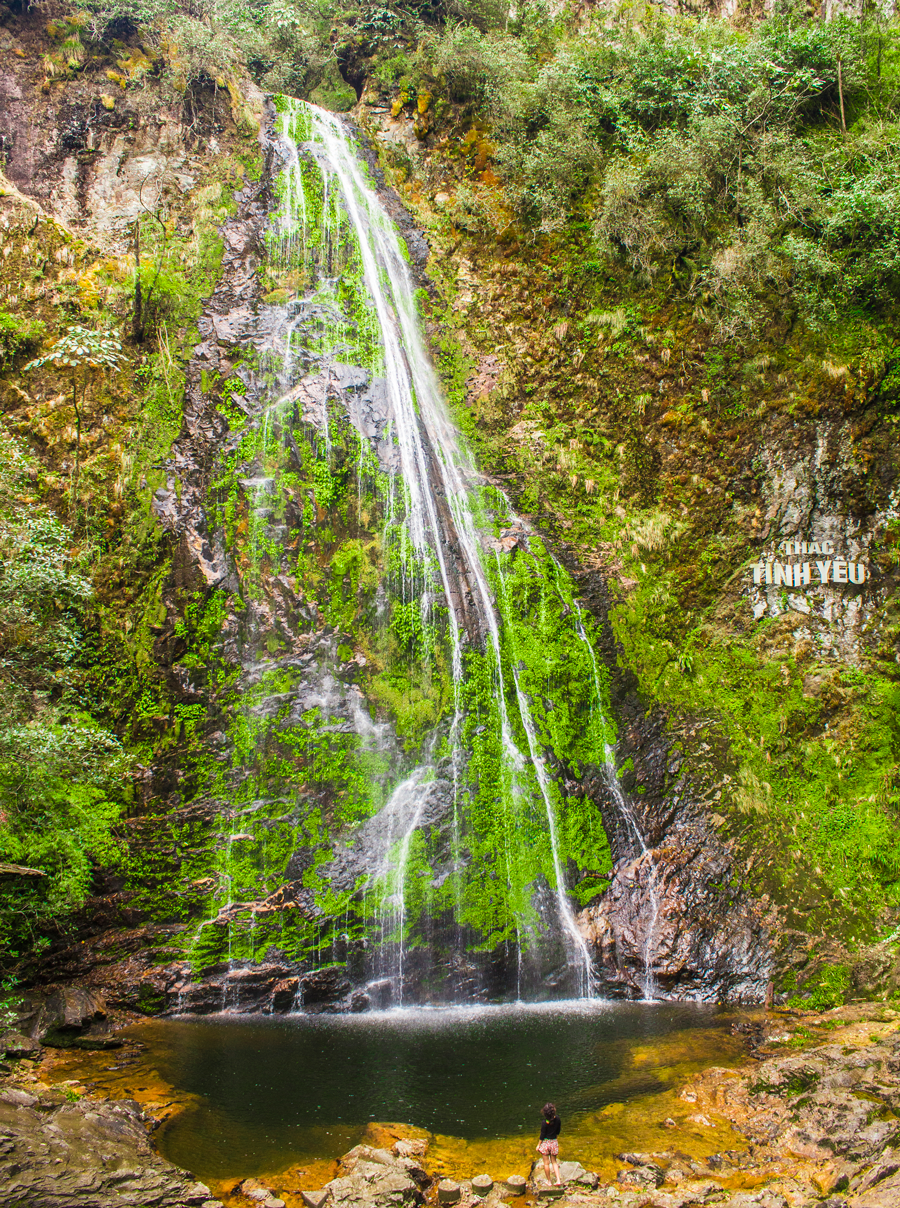
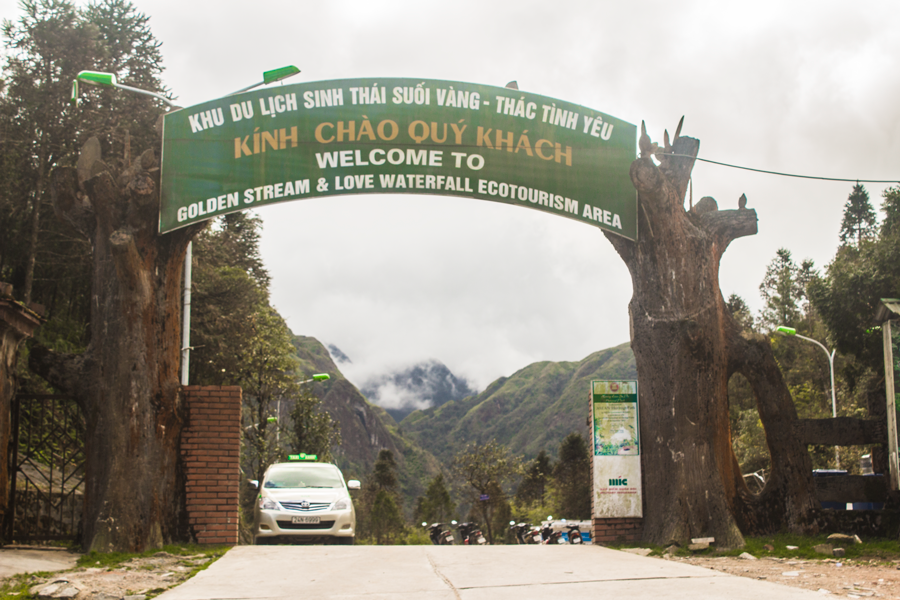
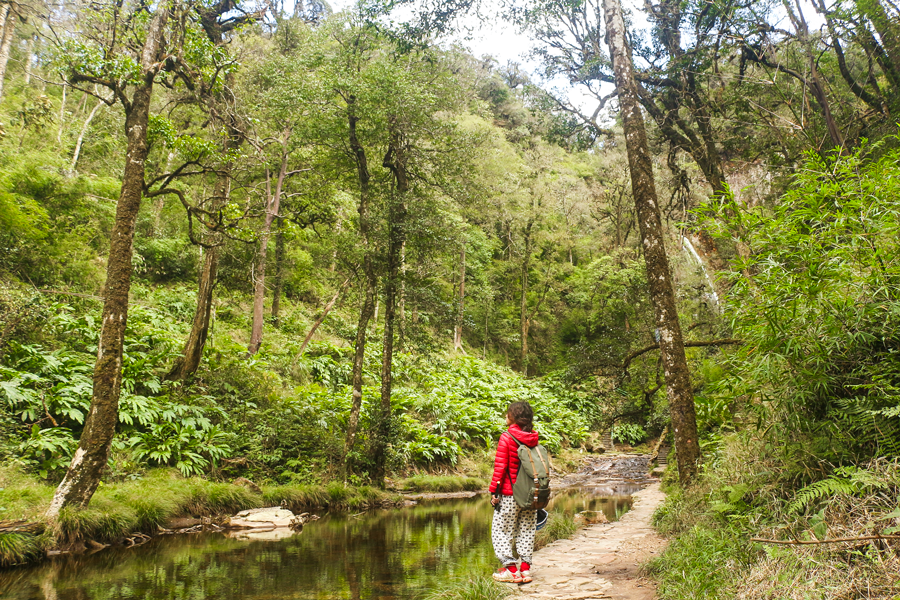
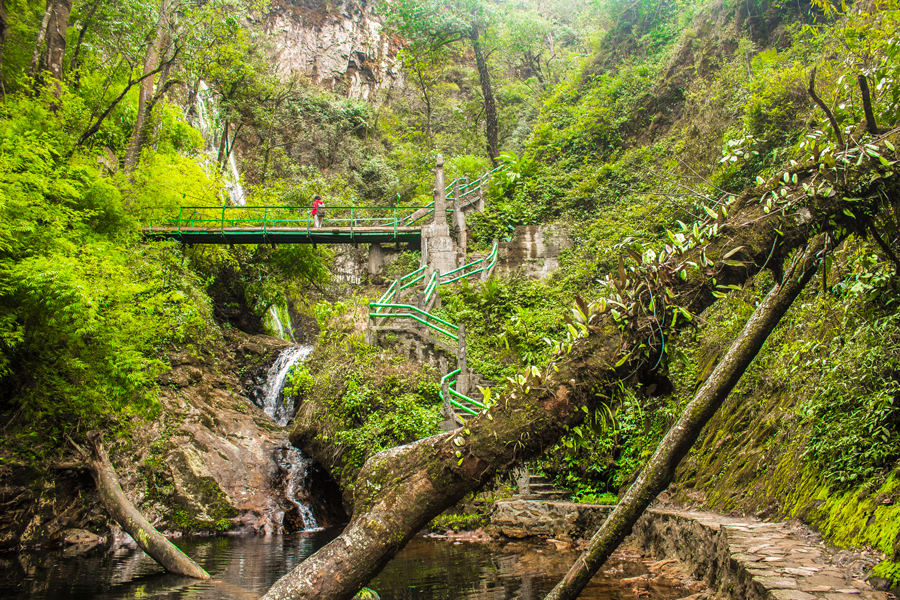
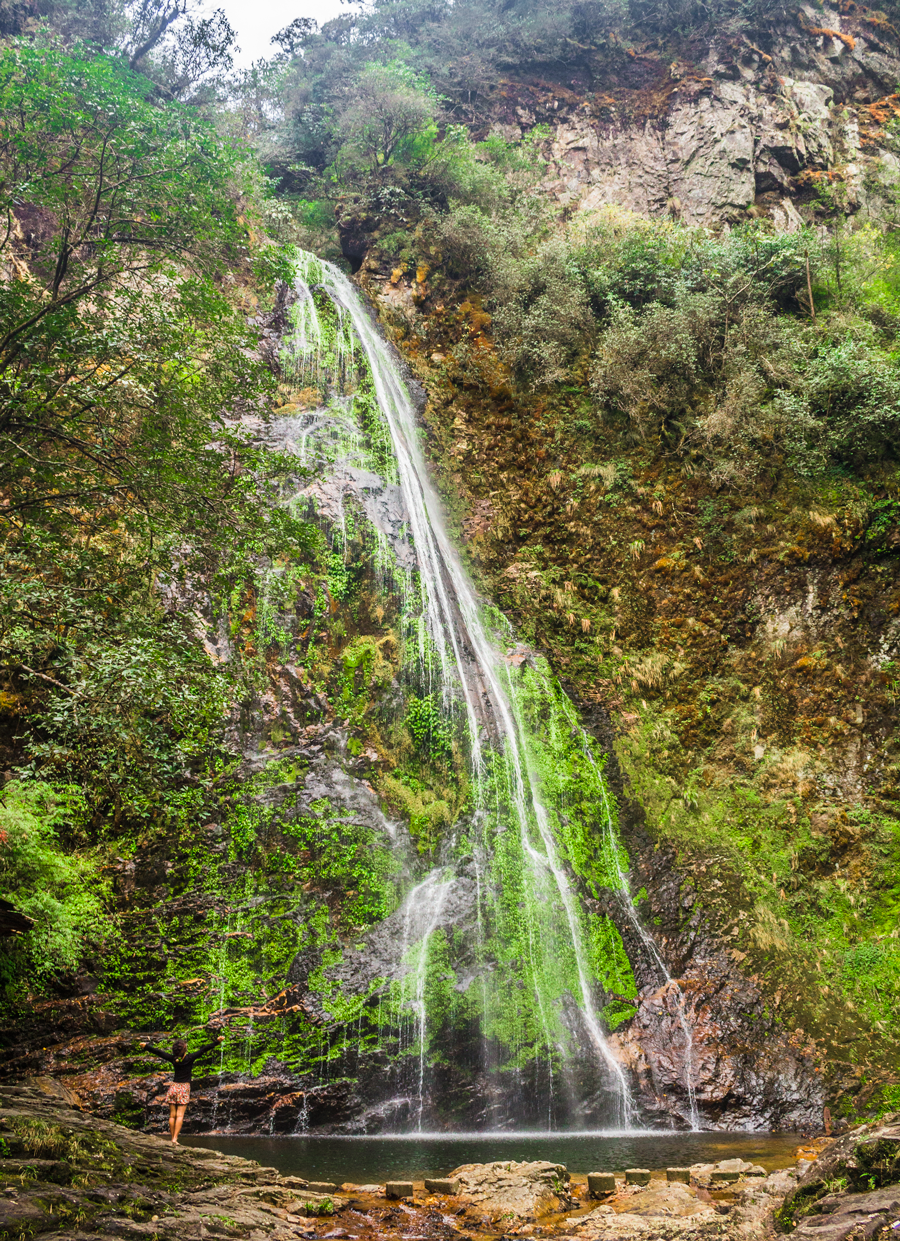
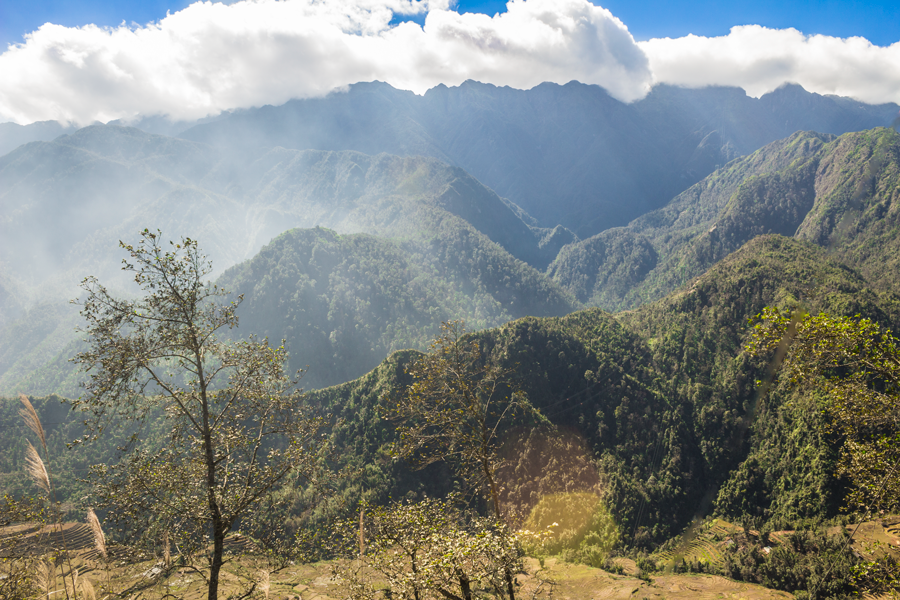
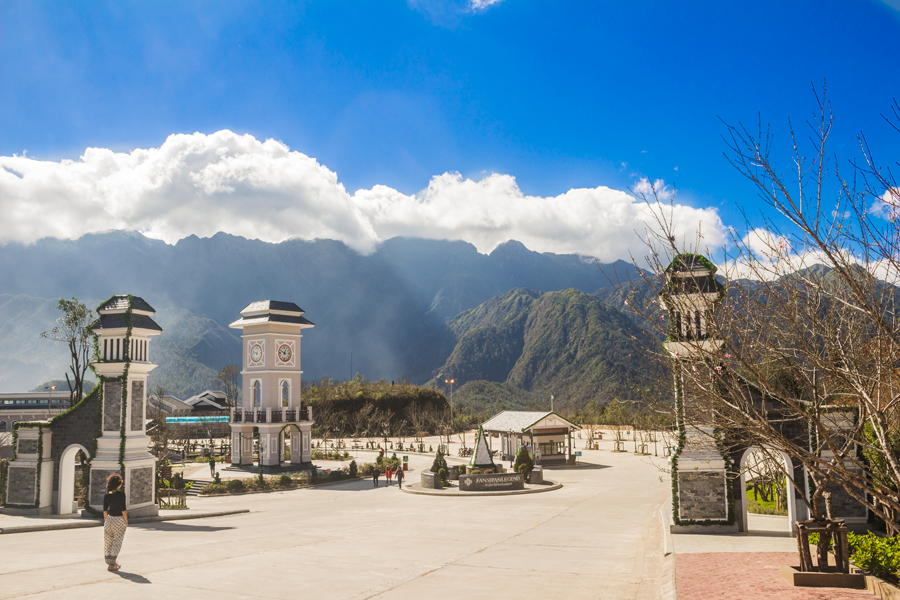
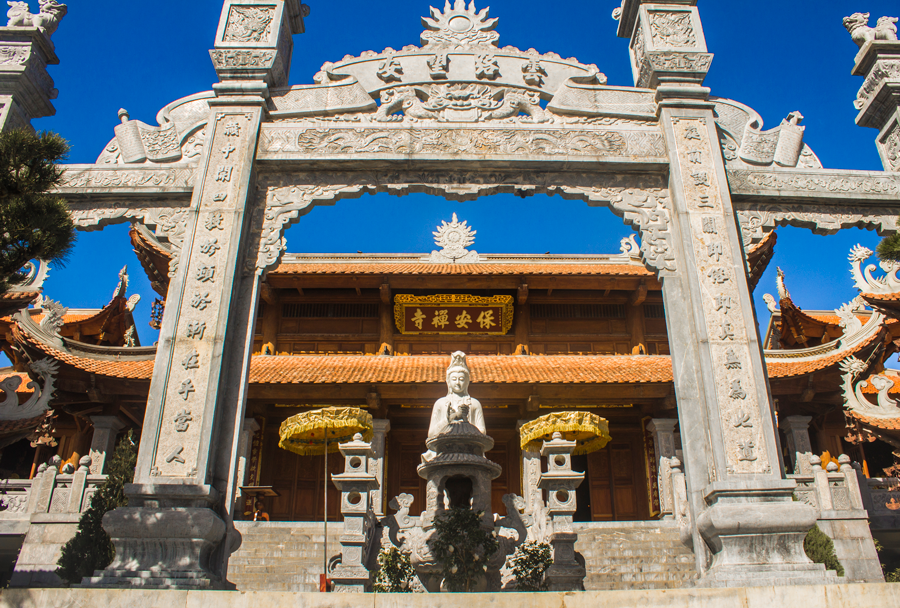

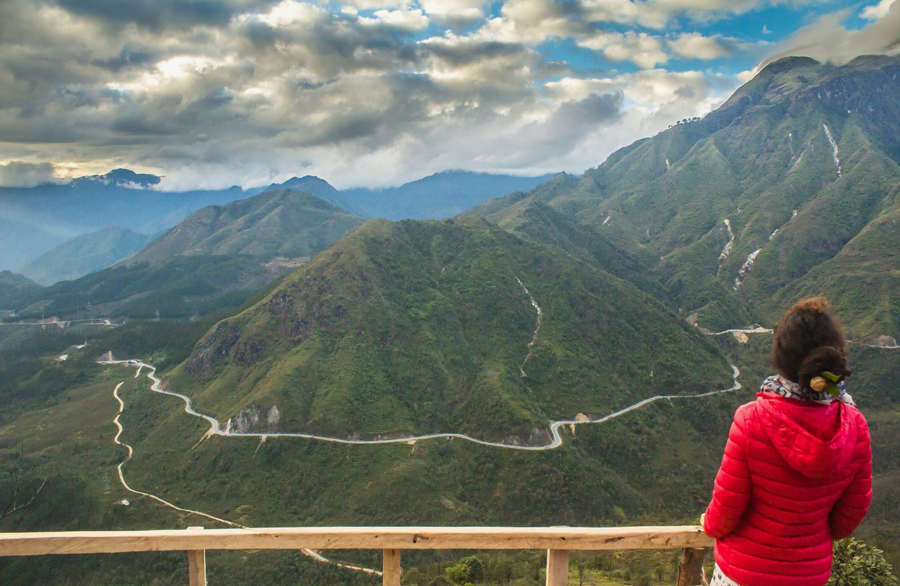
.jpg)
.jpg)

